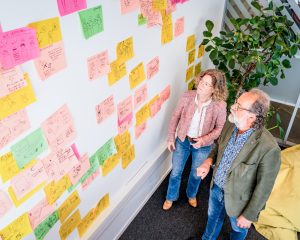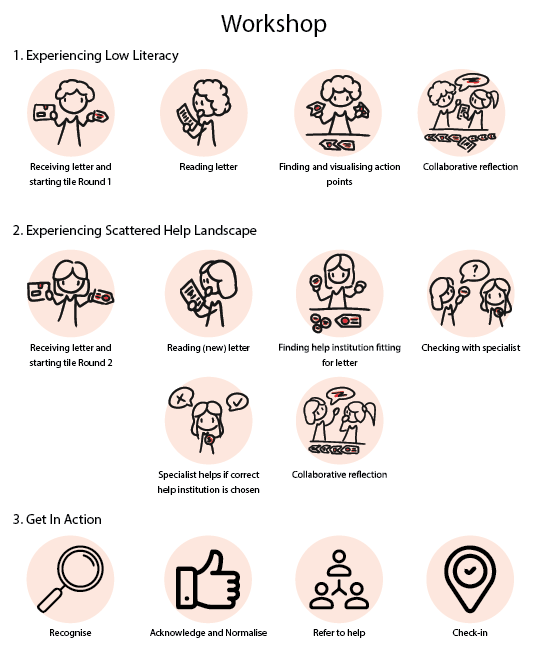Eindhoven Engine News – June 2025
In this edition of Eindhoven Engine News: Oefenen.nl and Eindhoven Engine join forces, Workshop ‘The Power of Understanding Each Other’, EngD trainee Sichen Guo in the spotlight & more
What else is happening at Eindhoven Engine?
Science, industry and government seek solution to grid congestion via large-scale living lab on TU/e campus
In the search for solutions to the current grid congestion problem, science, industry, and government are joining forces, killing two birds with one stone.
With the OPZuid project GENIUS, TU/e wants to tackle grid congestion together with companies, municipalities, and the province and, at the same time, set up a sustainable testing ground for relevant future innovations. The starting signal is to commission a battery pack in the size of no less than a sea container for the storage of electrical energy on Monday, 18 November.
The GENIUS battery is essential to a smart control platform that aligns different industrial users, energy sources, and storage systems to prevent energy peaks. The lithium iron phosphate battery contains no cobalt or nickel and acts as energy storage and a control tool. It can coordinate and optimize complex data, allowing it to advise on and anticipate the energy needs of the more than forty faculty and business buildings on the TU/e campus, on which approximately fifteen thousand people depend daily. The energy hub is connected to the public energy grid, allowing energy to be fed back into the grid or shared with users in the local area.
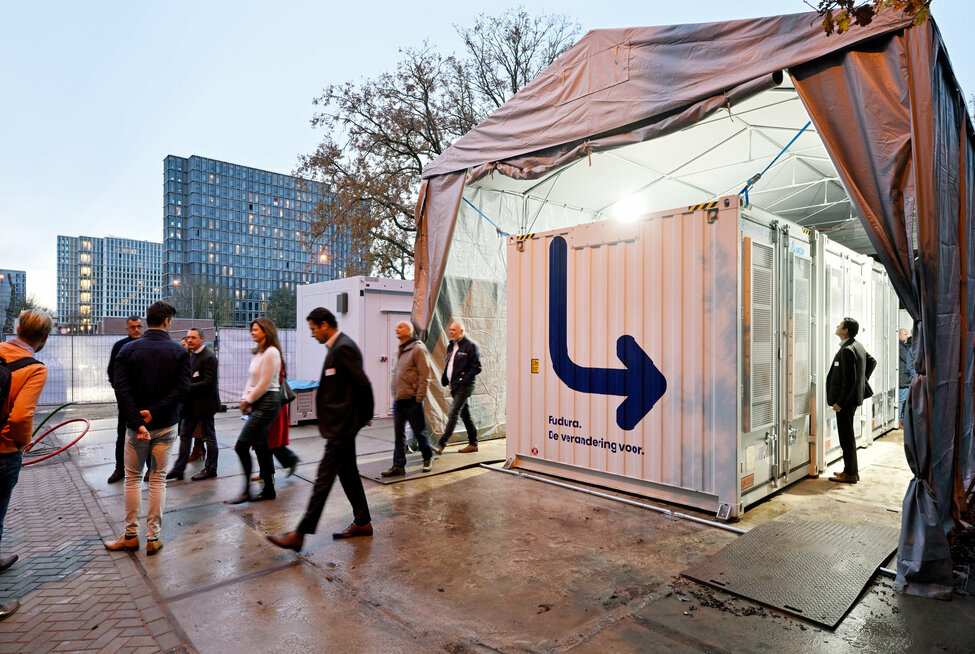
Spreading the rush hour
This battery pack ensures that TU/e no longer causes any exceedances on the contracted capacity and balances the energy consumption better. Simply put, the congestion problem on the energy grid is solved by spreading the morning and evening rush hours. This offers room for further sustainability and expansion of the campus within the current contracted capacity. Think, for example, of heat pumps in combination with Heat and Cold Storage and the arrival of a new clean room.
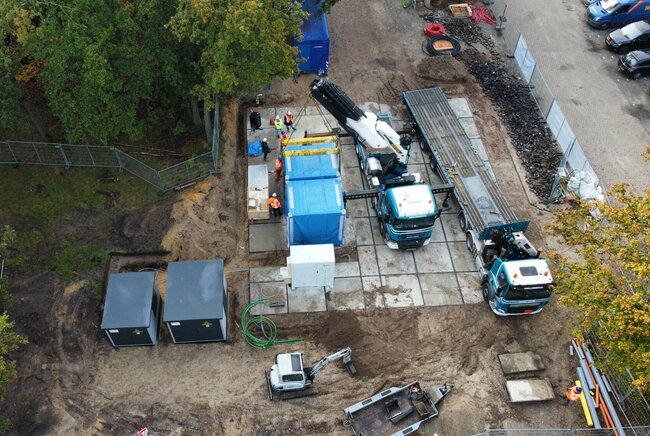
The package easily pays for itself thanks to smart charging and discharging and peak shaving (energy storage when there is little demand and deployment during peak periods). For TU/e, it provides an estimated 20% extra space on its energy grid and capacity because less has to be purchased at unfavorable times (during ‘rush hour’), which lowers the total costs.
This is also beneficial for the grid load in general because TU/e ‘gets out of traffic jams’ at such peak times. More gains can be made in (among other things) the areas of (minimal) CO2 emissions, balancing grid congestion at regional and national levels (TU/e can consume more energy without increasing its connection, leaving capacity for the local area), energy security, peak reduction or the prevention of exceedances on the energy connection.
Blueprint for Dutch industry and grid operators
The system approach not only alleviates the energy needs of the (growing) TU/e campus and distributes them more efficiently but should also ultimately provide a blueprint for Dutch industry and grid operators to tackle grid congestion efficiently. Initially, for the approximately 3500 industrial estates in the Netherlands, mainly in the south of the Netherlands, where grid congestion is slowing down the energy transition and hindering economic growth. That blueprint could then be on the market in four years. This makes OPZuid GENIUS (Grid Efficiency Network Integration for Universal Sustainability) a strategic project with interest from society as a whole, in which open innovation predominates.
In fact, the project functions as a micro-society on campus, providing valuable knowledge about user behavior and how it is influenced and changed by insight into energy use patterns in the long term. This behavioral knowledge is crucial to developing strategies that drive effective behavioral change and promote energy efficiency.
Consortium around OPZuid GENIUS
TU/e President of the Executive Board Robert-Jan Smits: “I am tremendously proud of this project because it brings together a lot of what we stand for as TU/e. With this we are working on sustainability, on solving the grid congestion that all of the entrepreneurial Netherlands is facing, and we are doing this – as a true 4th generation university – in collaboration with a wide range of partners in the region, focused on social impact.”
Mark Cox, Senior Program Manager Energy TU/e: “The GENIUS battery, in combination with intelligent software, can store energy when demand is low so that we can use it during peak times. Thanks to AI, other users, both on campus and in the local area, will not notice this. On the contrary, everyone can benefit from it. When the new Energy Act comes into effect next year, adjacent power grids can be connected. The cleverness of our system approach should then ensure that everyone is always supplied with energy without crossing borders.”
When the new Energy Act comes into effect next year, adjacent power grids can be connected. The cleverness of our system approach should then ensure that everyone is always supplied with energy without crossing borders.
Tom Selten, founder of Simpl.Energy: “With our software, we control the battery, charging stations, and solar panels so that TU/e always remains within the connection. In addition, we optimize the purchase of electricity, thereby minimizing energy costs. And as icing on the cake, with our platform, TU/e has one place where they can see whether all systems are working properly and how much is being earned and saved.”
Daan Pelders, business developer Fudura: “At Fudura, we are proud to be able to participate in this innovative process. We are supplying one of the largest batteries in the Brainport area and integrating it into TU/e’s private grid. We have been TU/e’s partner in energy infrastructure and metering services for many years, and we are grateful for the trust we have received to carry out this project.”
The consortium around OPZuid GENIUS consists of the following parties: TU/e department Real Estate, EIRES, EAISI, Fudura, RIFT, Simpl.Energy, Voltgoed, VBOptimum, ZEnMo, Cube Charging, Enerzien, Eindhoven Engine and Woonbedrijf. An active and connected support group includes the province and municipality, as well as the regional grid operator Enexis. This project was co-financed by the European Union through the award of an OPZuid grant.


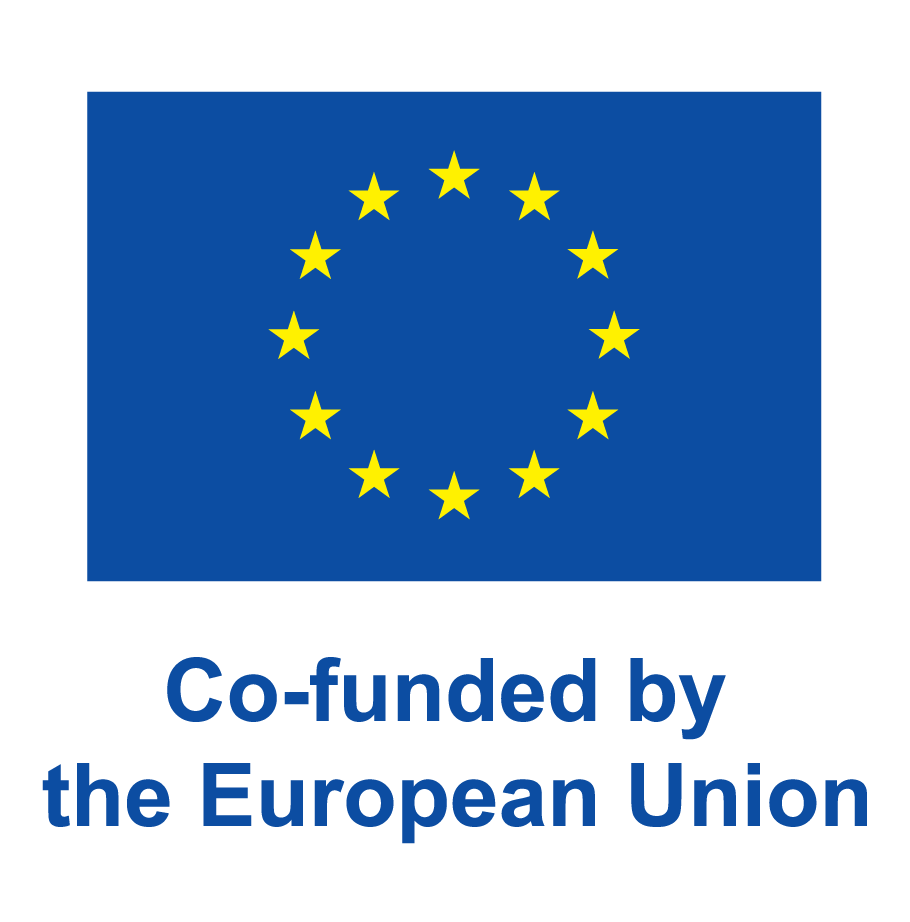
Eindhoven Engine at Dutch Design Week 2024
During the week of October 19 to 27, the annual Dutch Design Week took place. From Monday to Friday during DDW, Eindhoven Engine conducted the workshop ‘Aahh, I don’t get it!!’ at the Plug-in Pavilion on Strijp-S.
As part of the Inclusive Society program, Eindhoven Engine addresses the societal challenge that 2.5 million people struggle with reading, writing, arithmetic, and/or digital skills, which affects them daily. We received over 100 registrations, and ultimately, 123 participants attended, spread over the five days. We are very pleased with the turnout and are happy to have inspired so many people and raised awareness!
- More about Inclusive Society
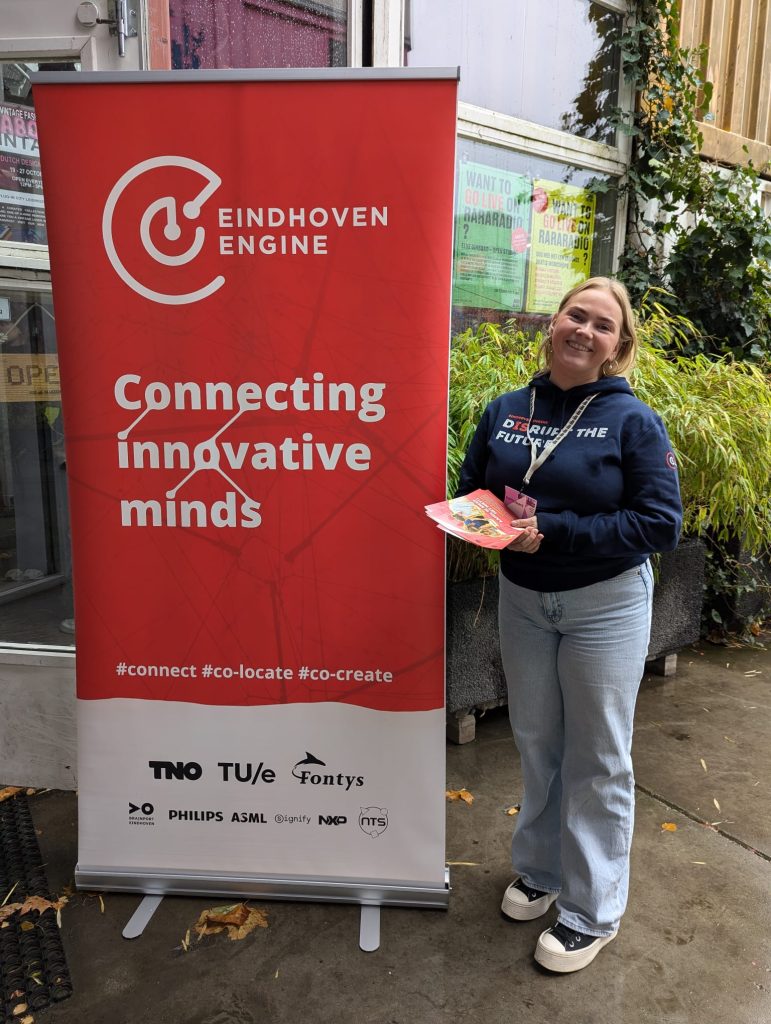
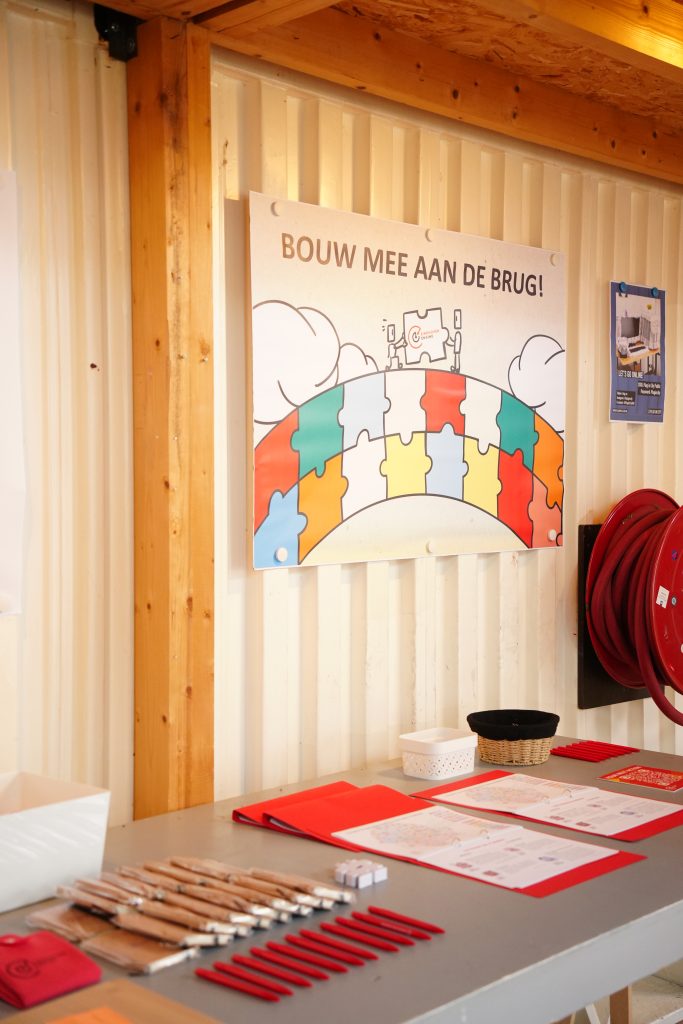
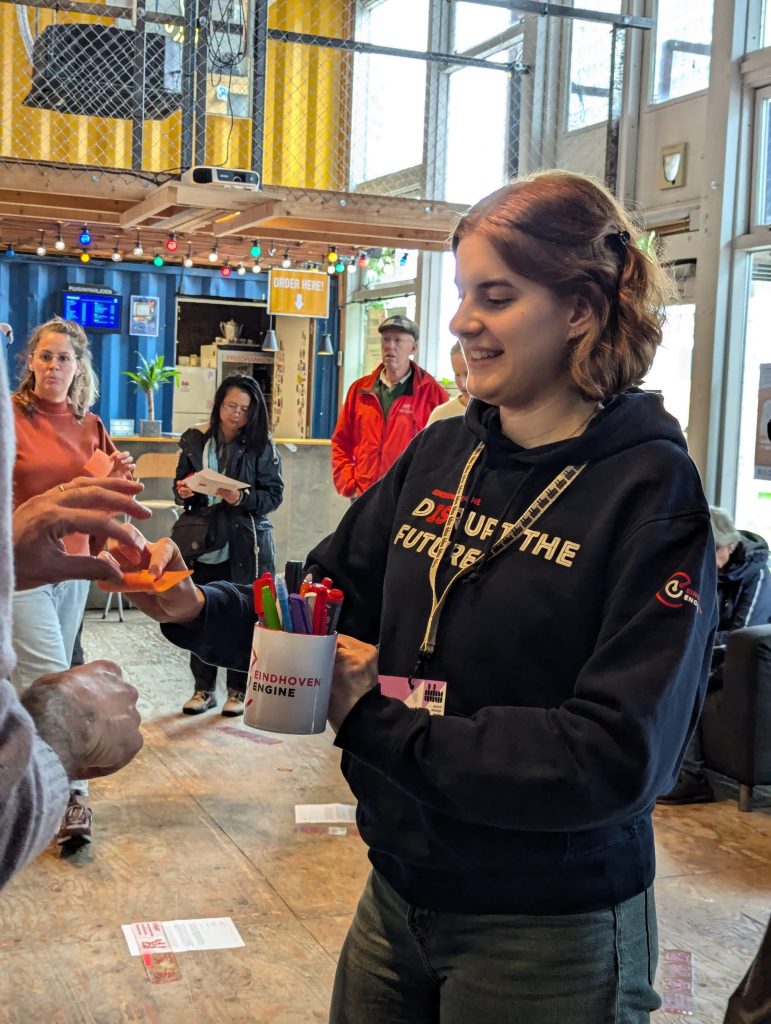
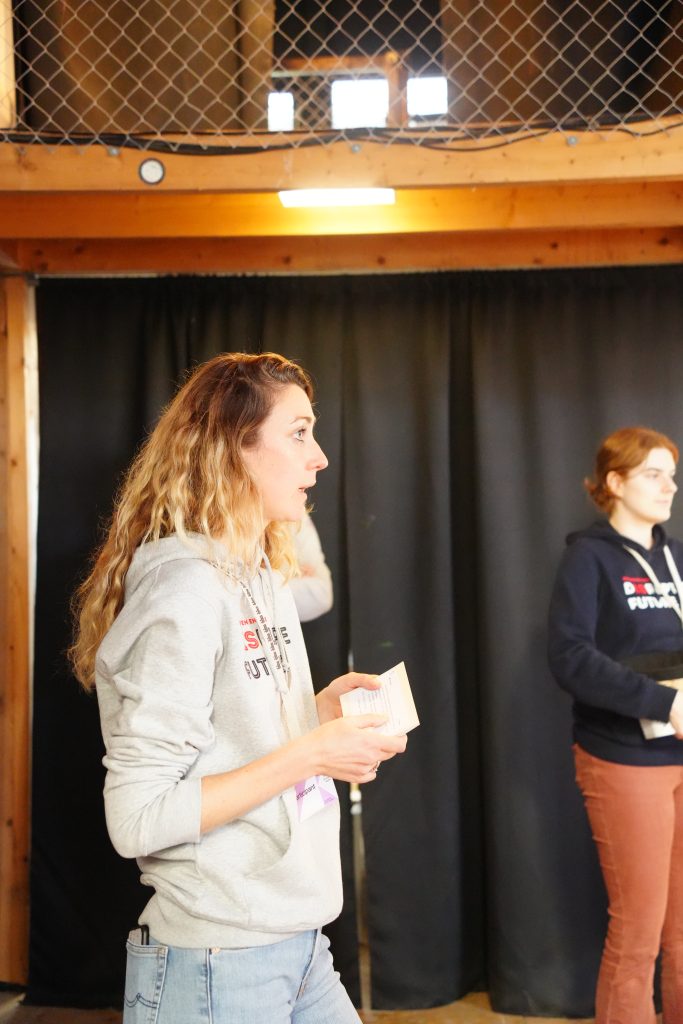
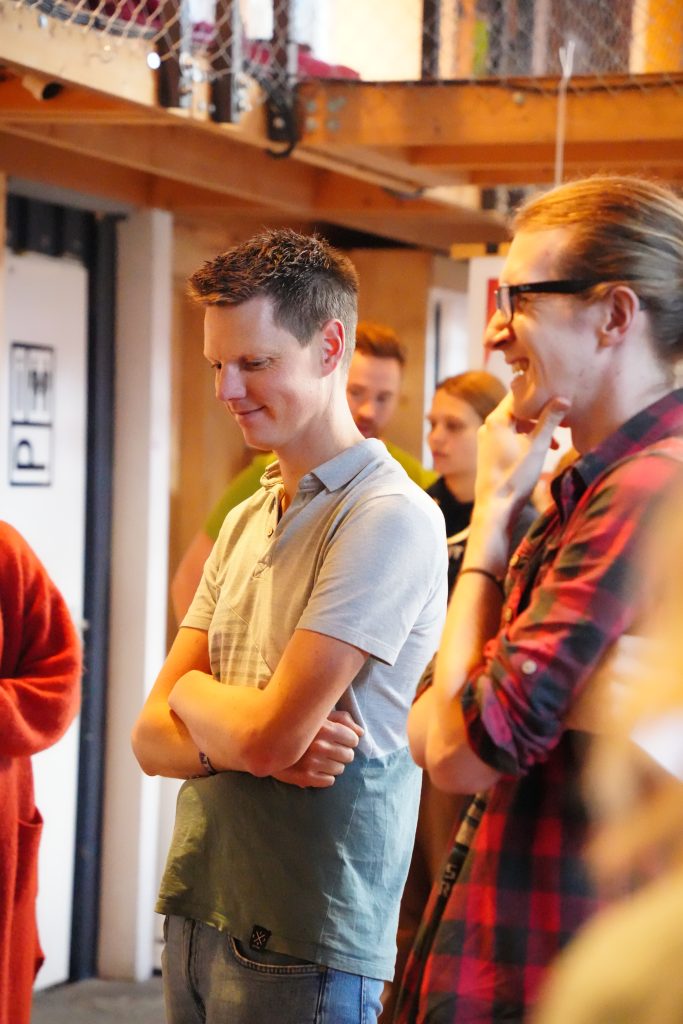

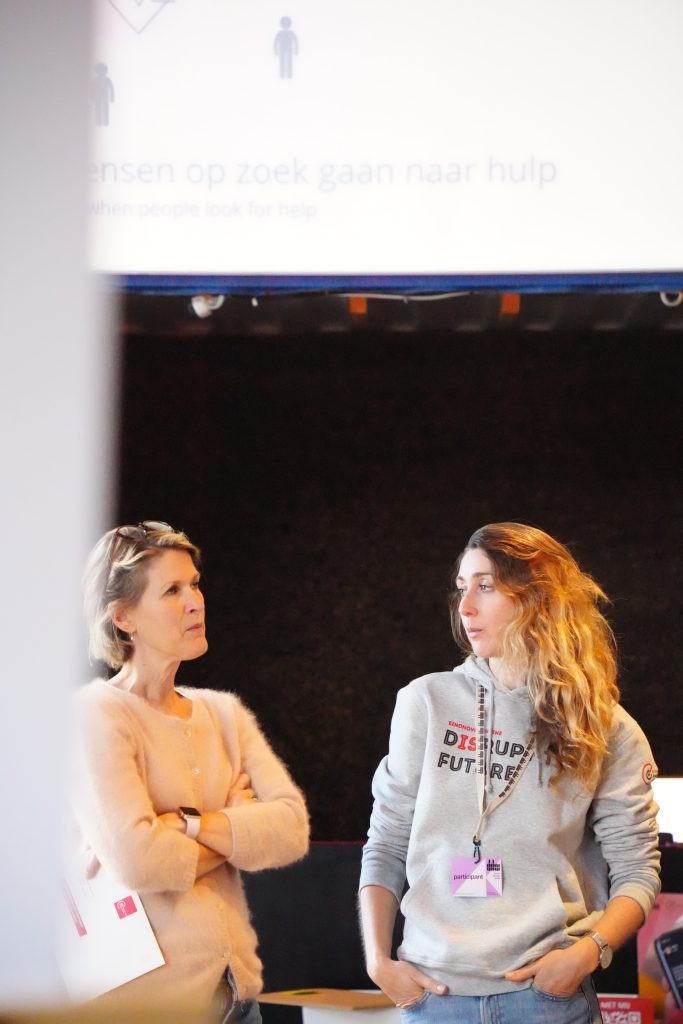
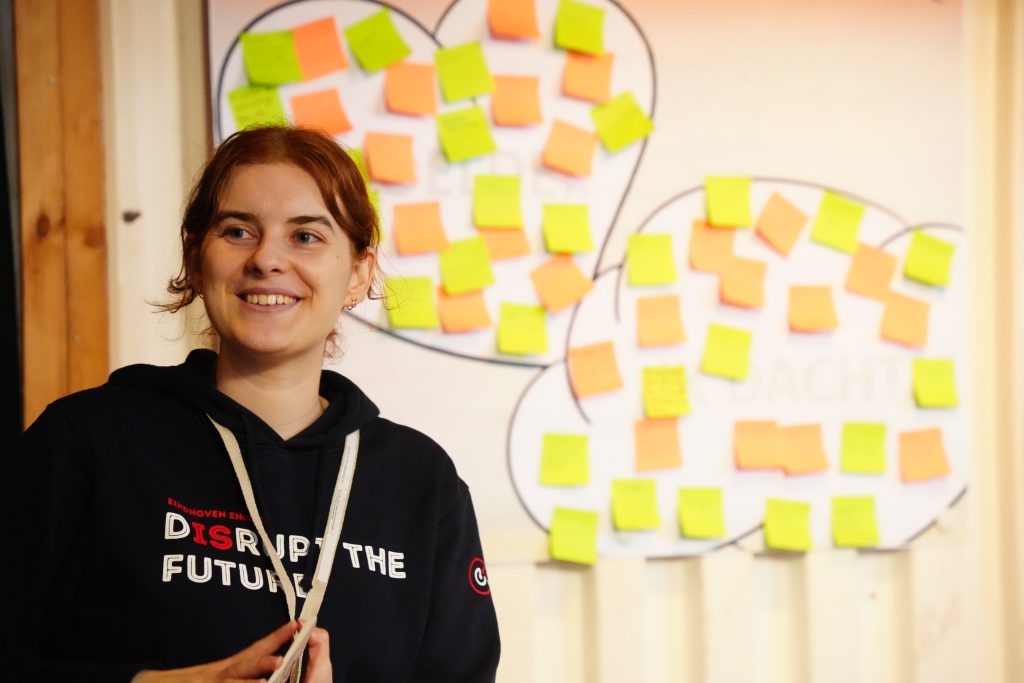
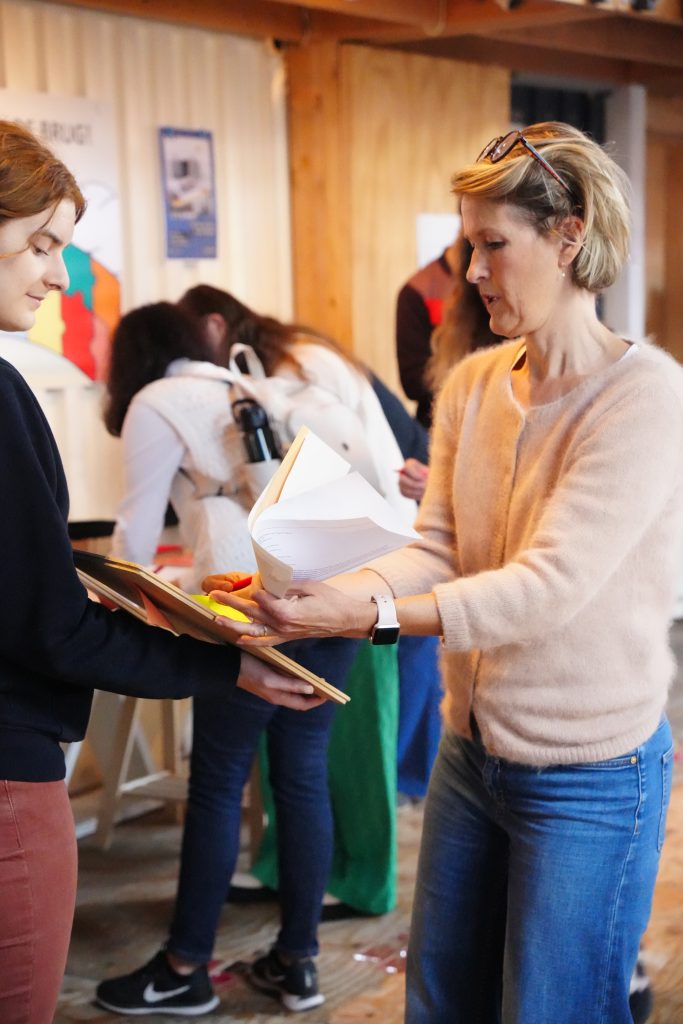
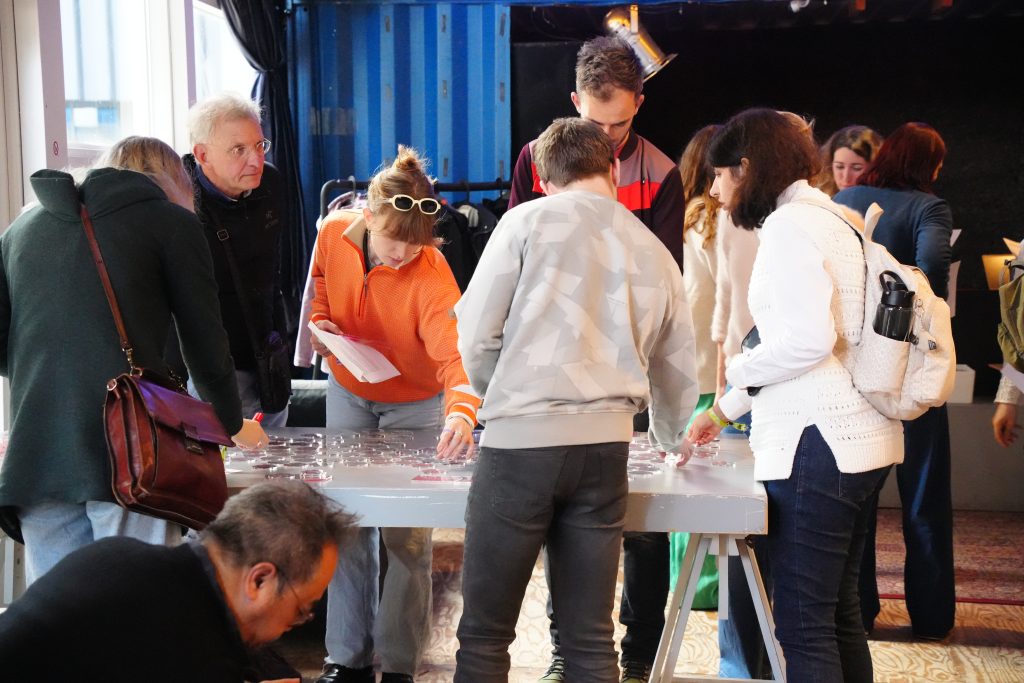
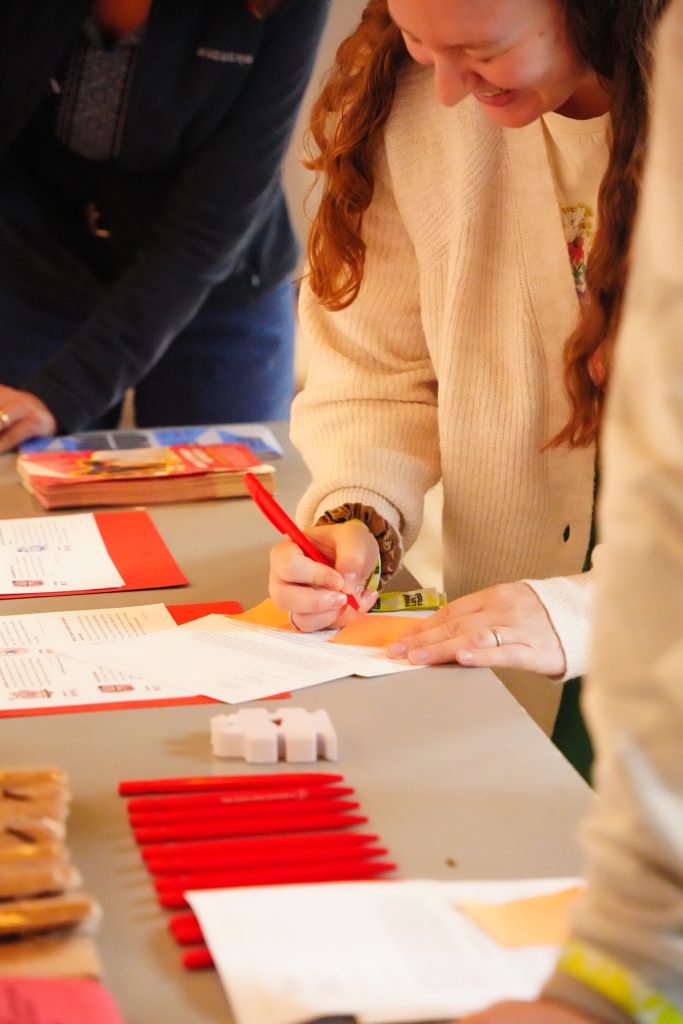
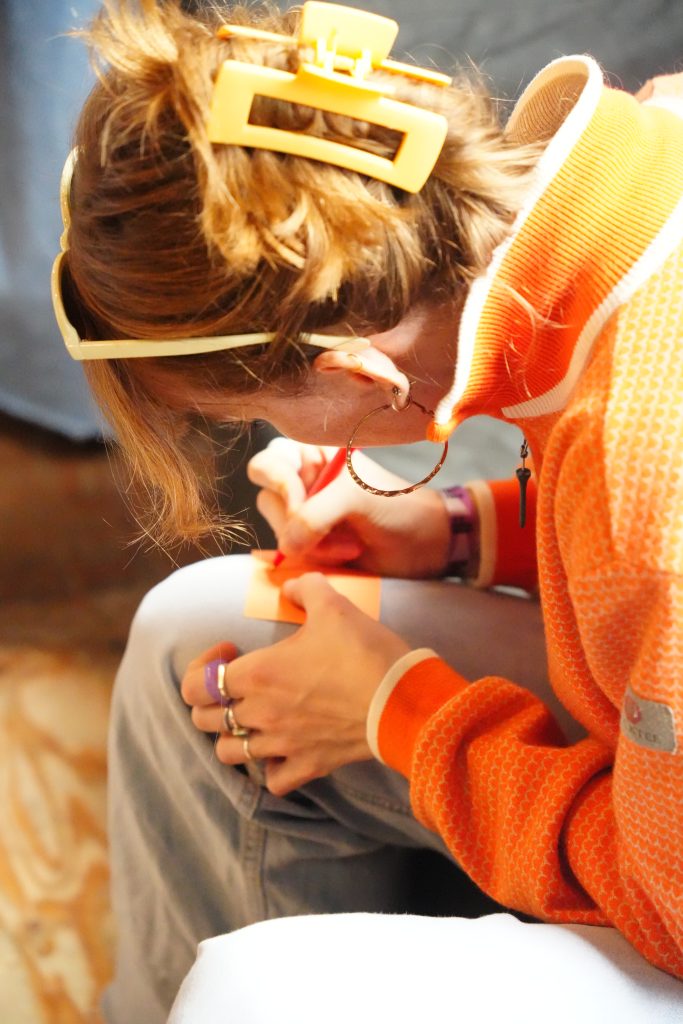
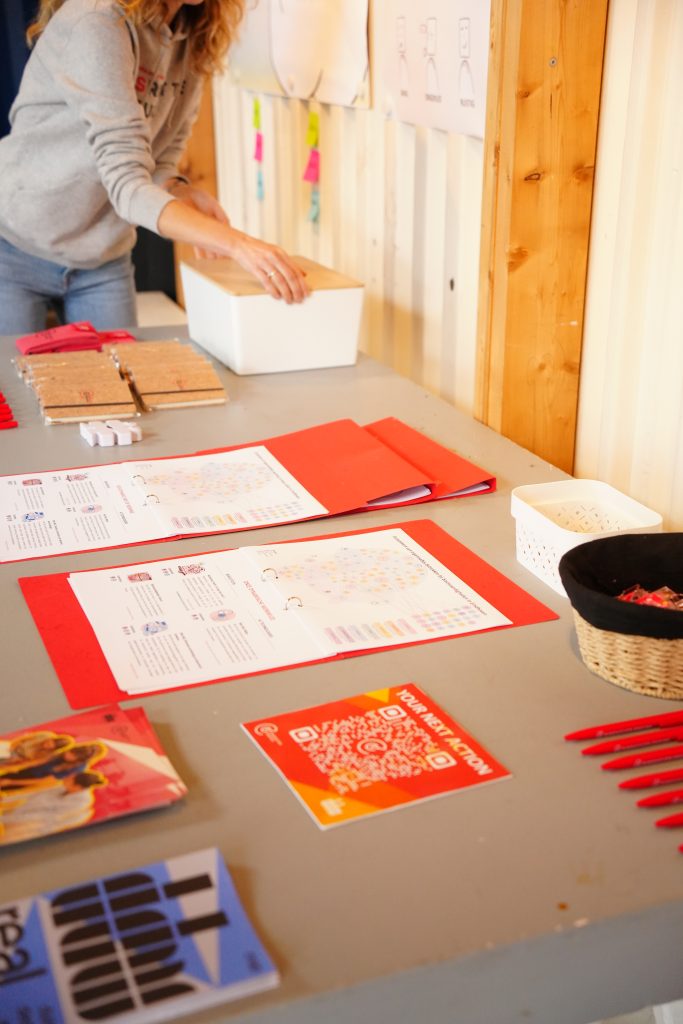
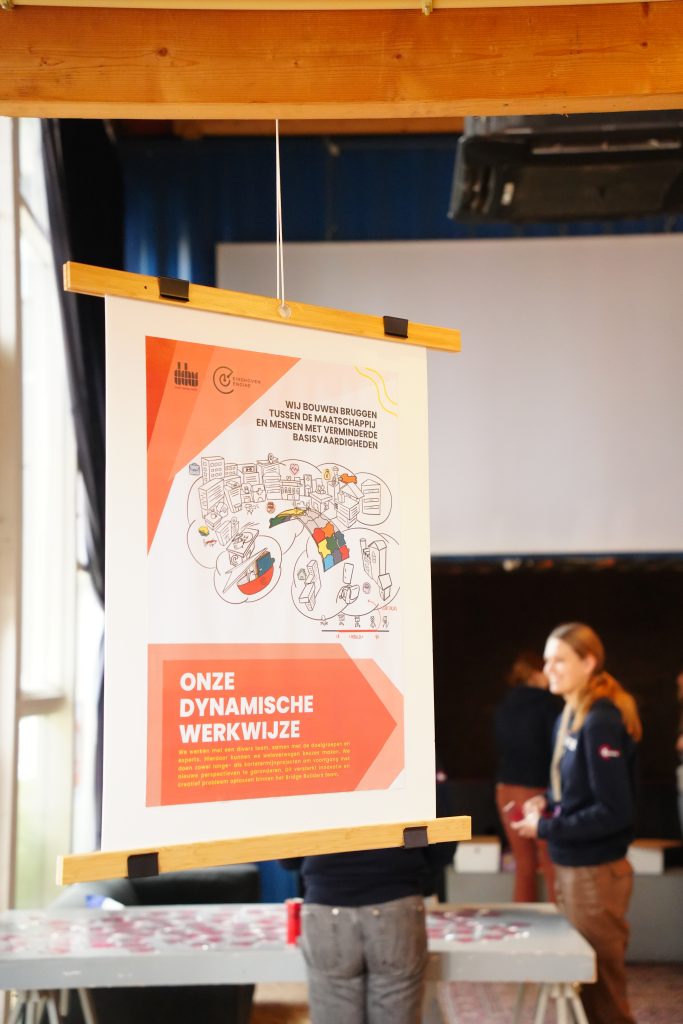
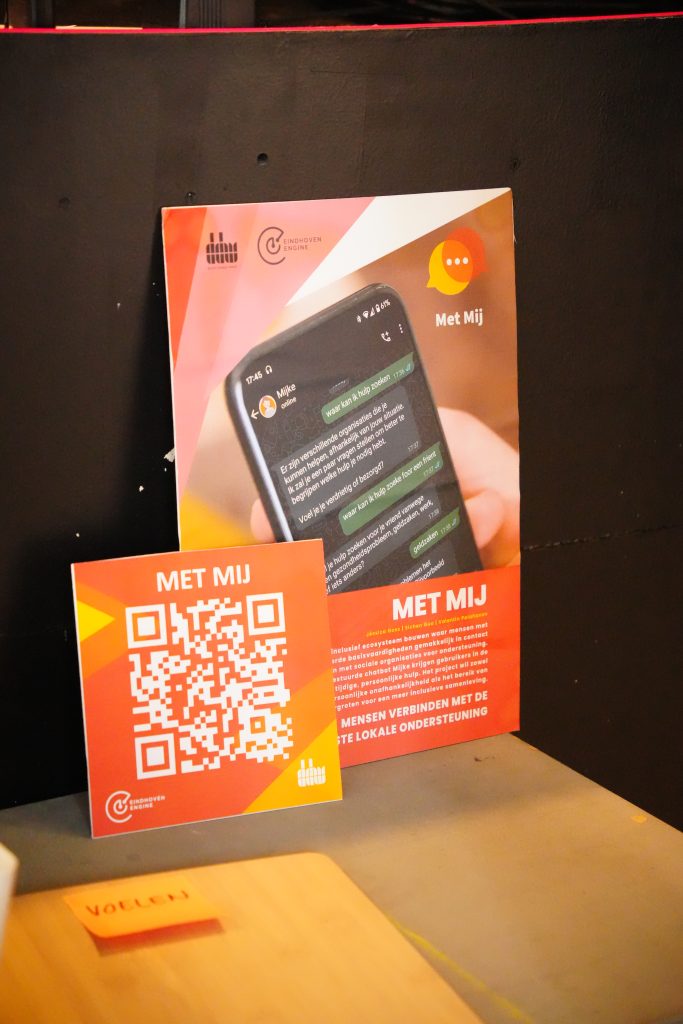
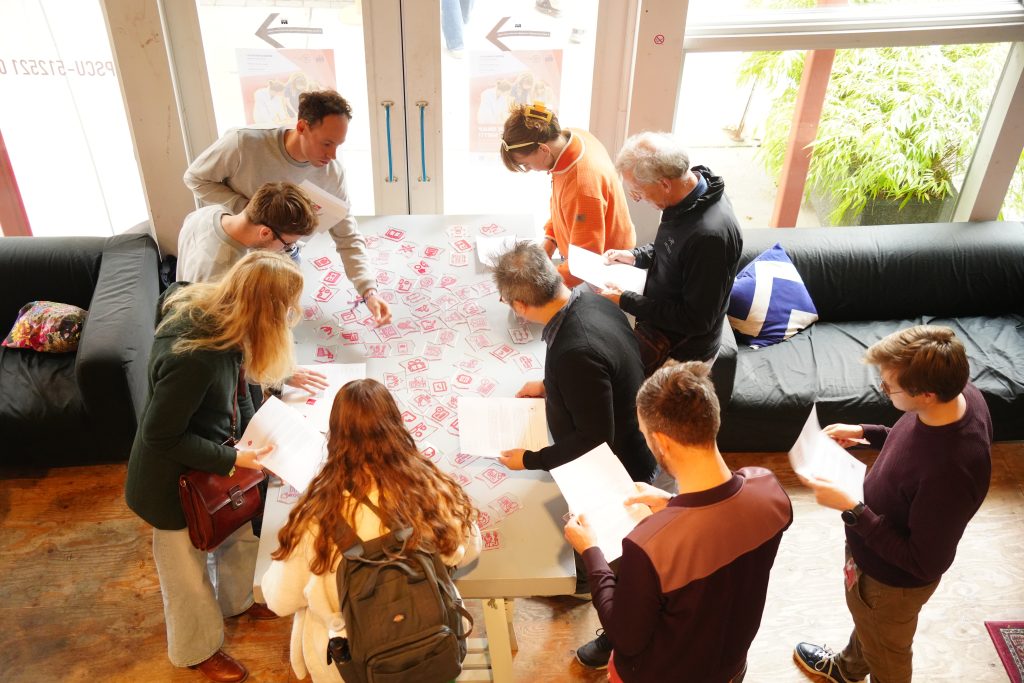
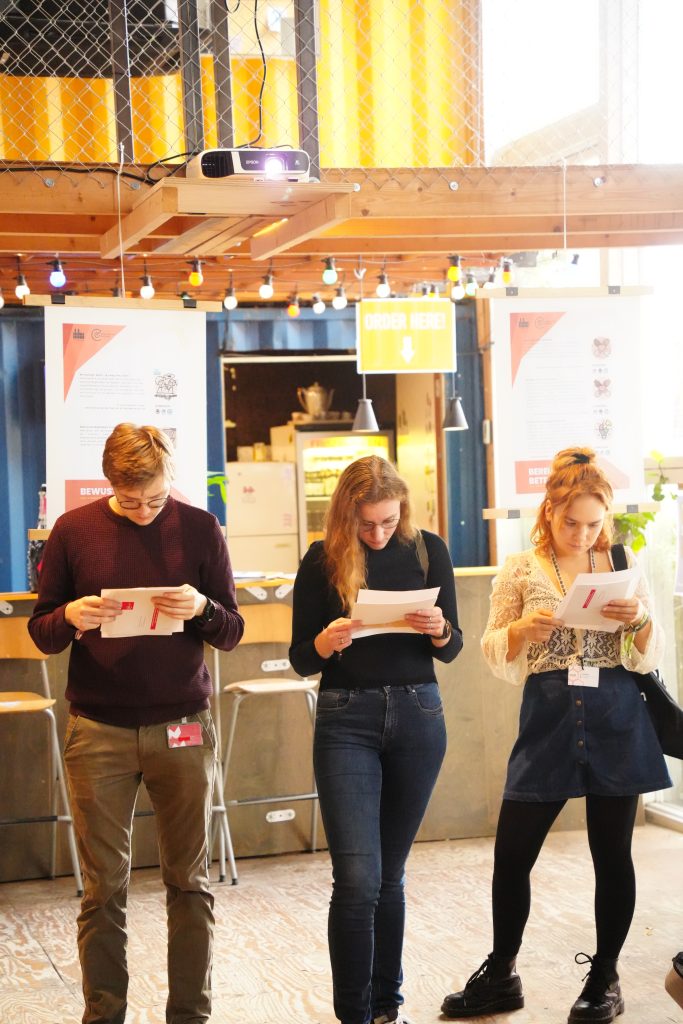
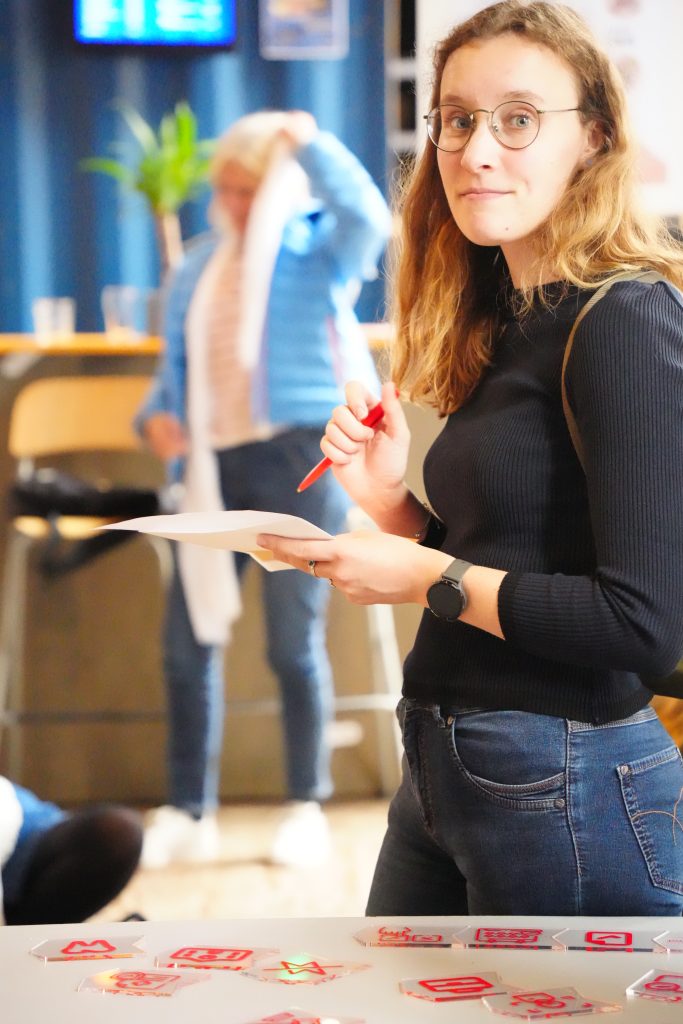
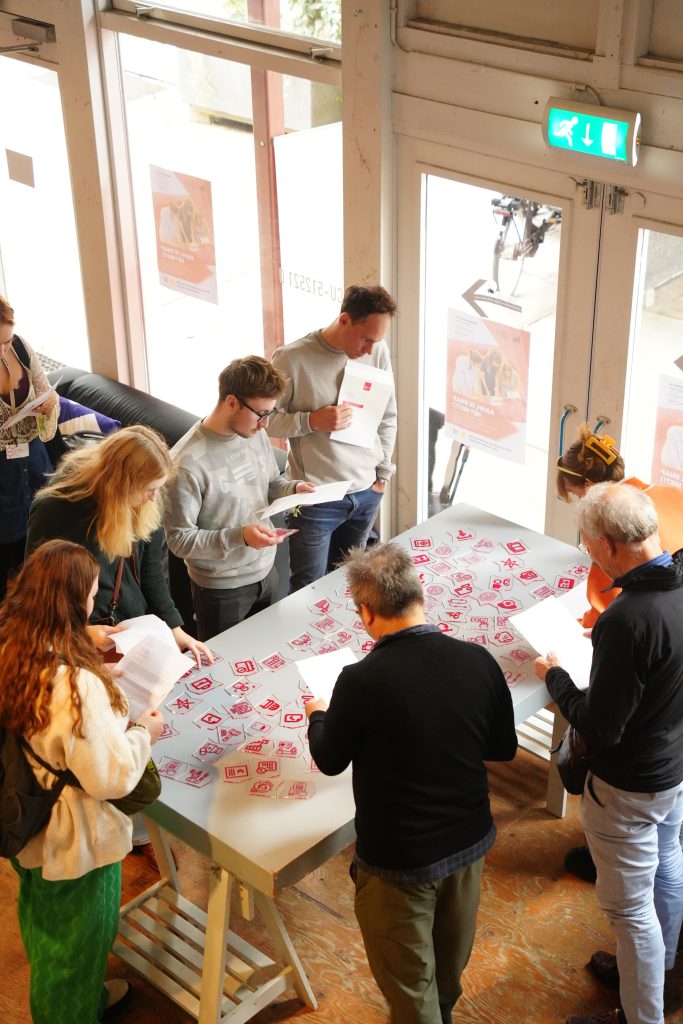
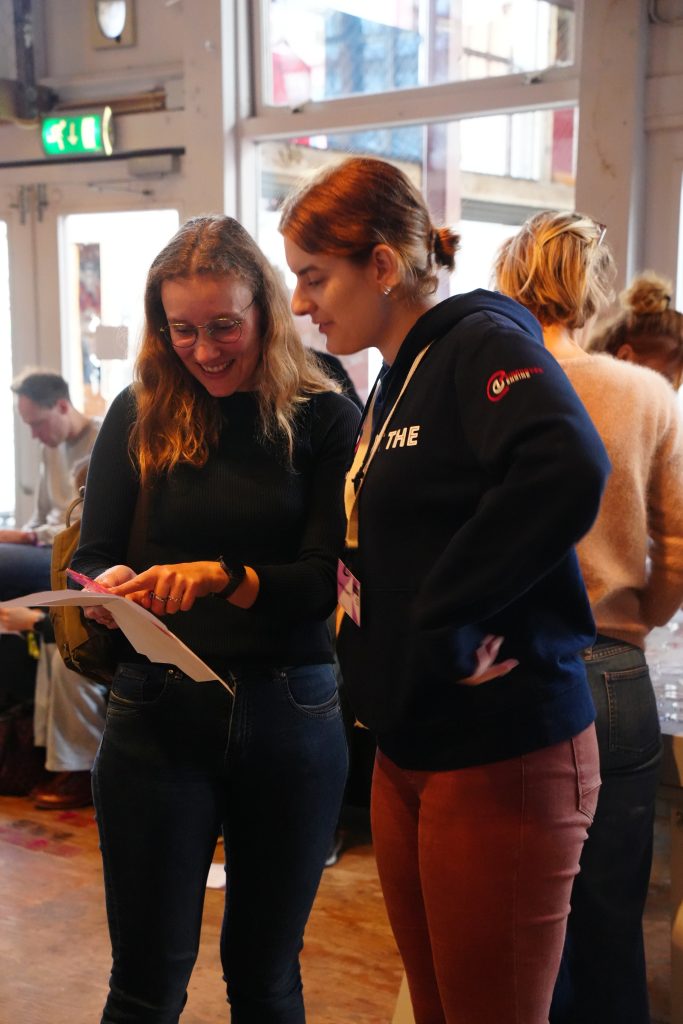
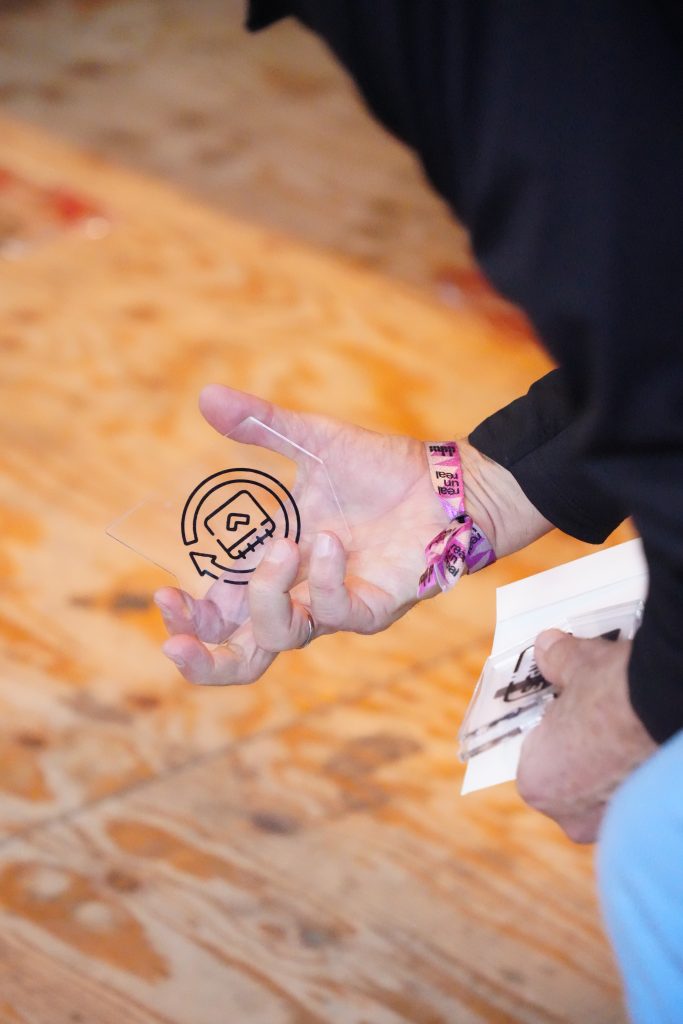
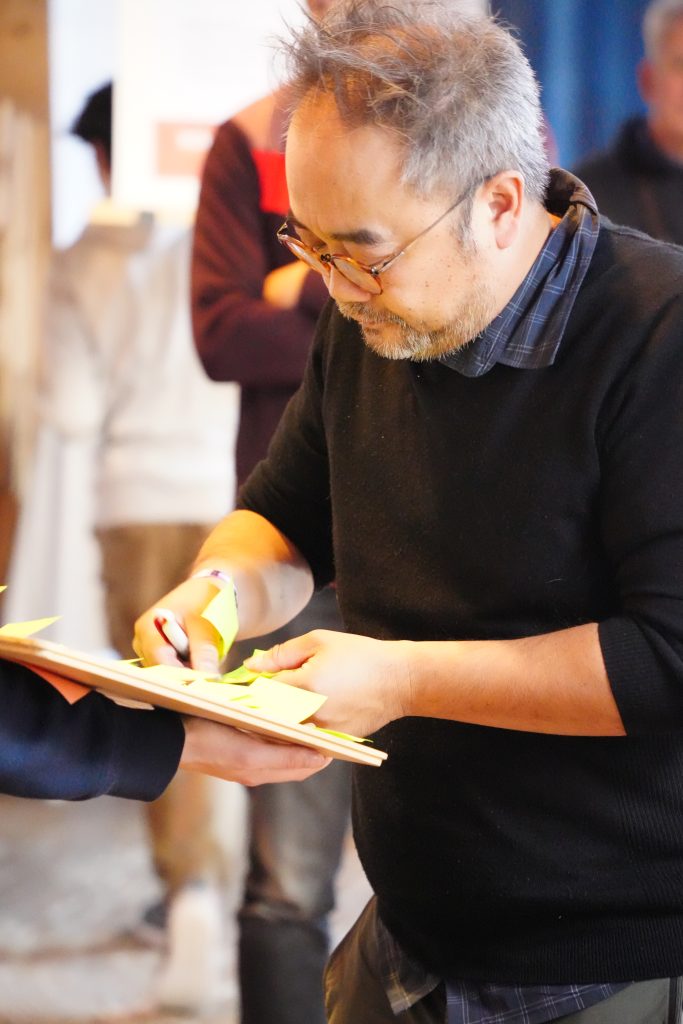

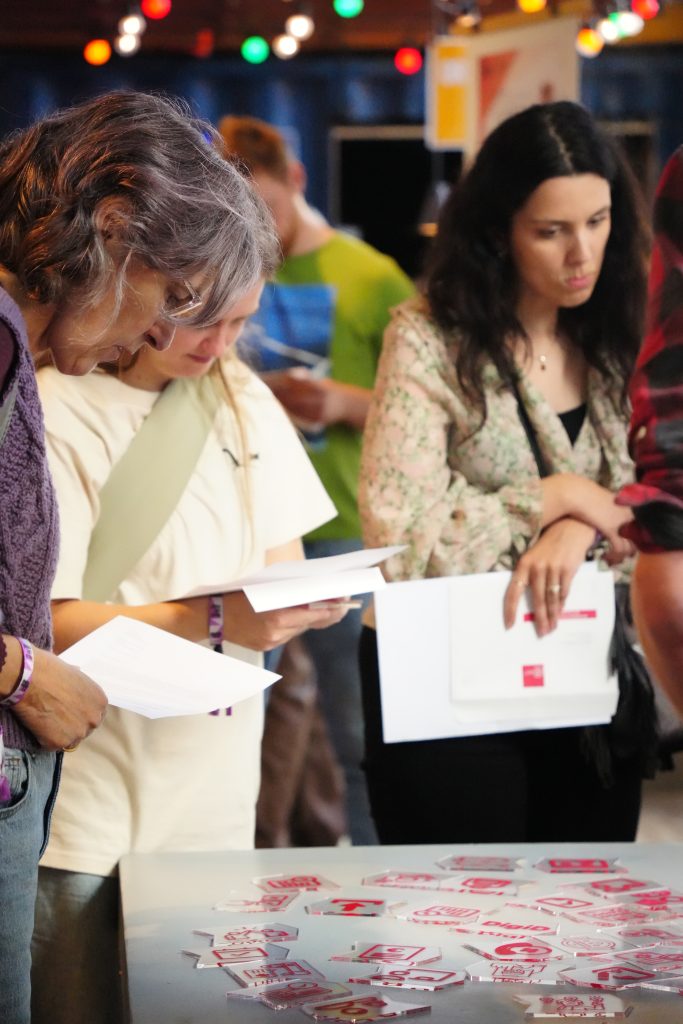
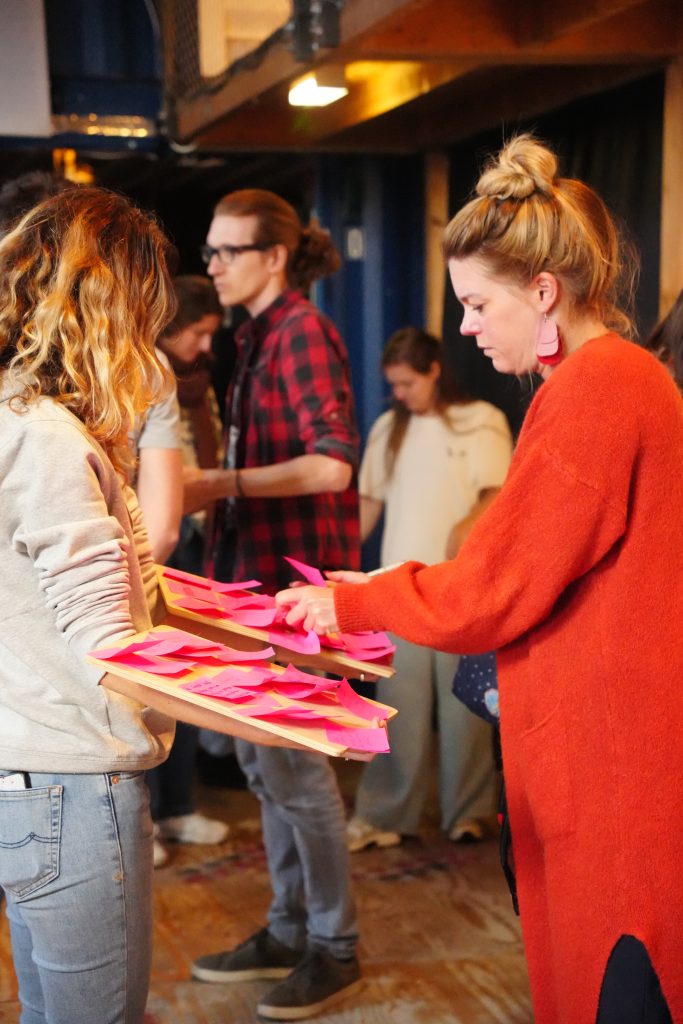
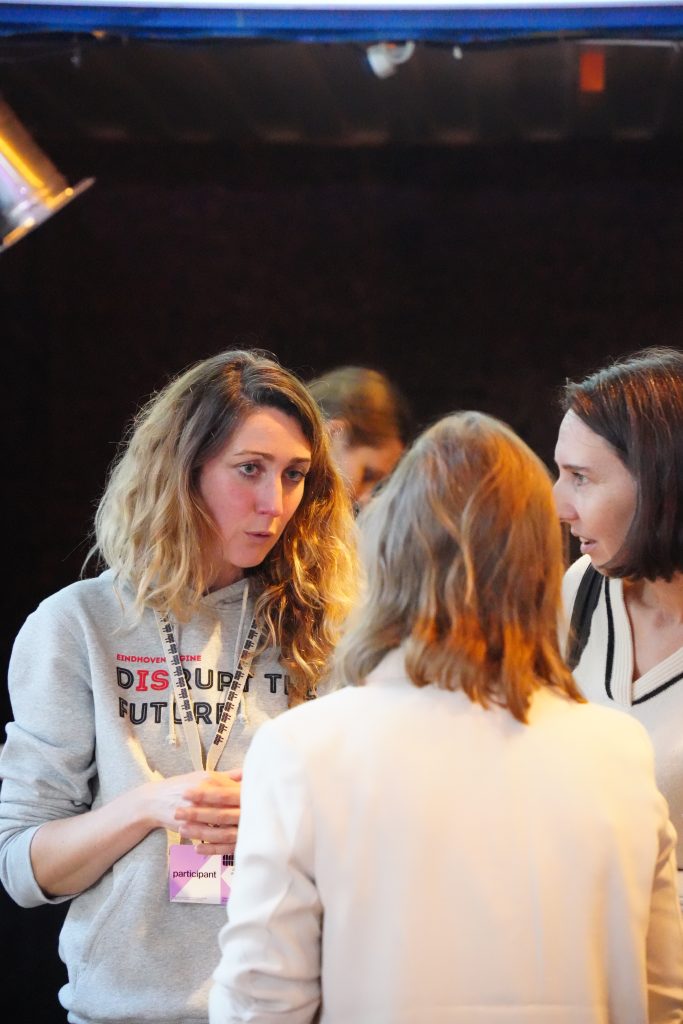

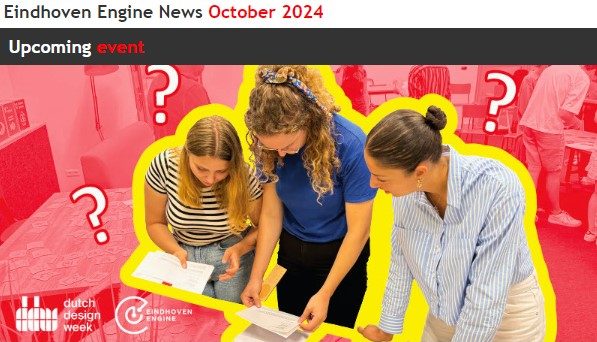
Eindhoven Engine News – October 2024
In this edition of Eindhoven Engine News: our participation in Dutch Design Week 2024 with ‘Aahh, ik snap het niet!! workhop, more about the upcoming Festival of Disruption, and project updates!
What else is happening at Eindhoven Engine?
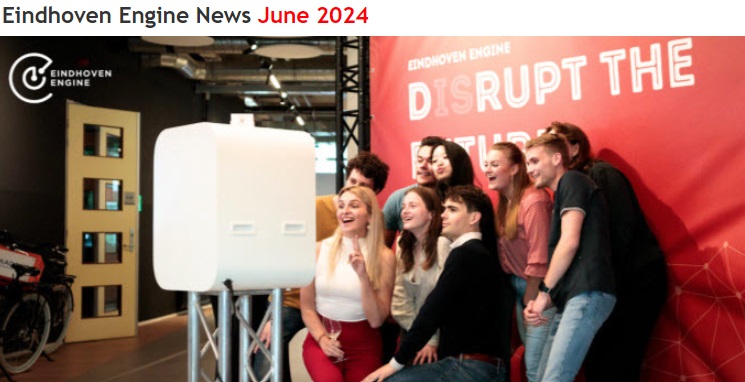
Eindhoven Engine News – June 2024
In this edition of Eindhoven Engine News: Towards a more inclusive society to raise awareness of basic skills gaps, 5 years of Eindhoven Engine, Innovator in the Spotlight Devansh Kandpal & more!
What else is happening at Eindhoven Engine?
Towards a more inclusive society to raise awareness of basic skills gaps
In the Netherlands, 2.5 million people struggle daily with reading, writing, math, and digital skills, also called basic skills. These deficiencies make it difficult for them to fully participate in society, such as reading and understanding a letter or buying a train ticket, leading to various personal and societal problems.
Eindhoven Engine’s initiative
In late 2021, Eindhoven Engine began investigating this issue as part of its mission to accelerate innovation to solve societal challenges. It quickly became clear that this is a wicked problem – a complex issue that is difficult or even impossible to solve due to incomplete or contradictory information in an ever-changing context. This problem, people with a lack of basic skills, is also present in the Brainport region, where the gap between society and people with reduced basic skills is widening. As part of the Brainport region, Eindhoven Engine feels responsible for tackling this problem in collaboration with others, including the Eindhoven Library and the Municipality of Eindhoven.

Fragmented support system
During the exploratory phase, it became apparent that there are many support agencies in our region, but there is no clear overview of these agencies. Moreover, people with reduced basic skills often feel ashamed, which makes them hesitant to seek help. This issue is frequently overlooked, even by social workers, because we are not aware that a lack of basic skills underlies the problems for which they seek help.
Within the Emergence Lab of Eindhoven Engine, TU/e Industrial Design student Inge Hootsmans conducted research during her final master’s project into this issue. She mapped the network of support agencies and discovered that the landscape is highly fragmented, people with reduced basic skills does not know which agency to turn to for their specific needs.

In the Netherlands, support for people lacking basic skills up to 18 years old is accommodated in the educational systems. For those aged 18-40, support is found by people with a background in NT2 (non-native Dutch speakers) as the reach out to the support themselves. People over 40 find it seemingly easier to seek help independently. The group of 18-40-year-olds with an NT1 (native Dutch speakers) appears to be the most difficult to reach. Therefore, Inge chose to concentrate on this group in her research.
Bridge Builders game
To help this group navigate the complex and scattered landscape of support agencies, Inge developed the Bridge Builders game that is designed to raise awareness of basic skills and consist of three steps (see illustration and photos below). The participant starts with experiencing what it is like to have a lack of basic skills. He/she needs to individually find and visualize action points in a letter. Then, step two, the participant will experience what it feels like to seek help in a scattered help landscape: participants need to find a right help institution for their letter. Step three is ‘Take action’. Increasing awareness of the complex societal problem and providing positive incentives to act together: participants are encouraged to reflect critically on their own role in this complex society and take away personal action points directly applicable in their daily and professional life.
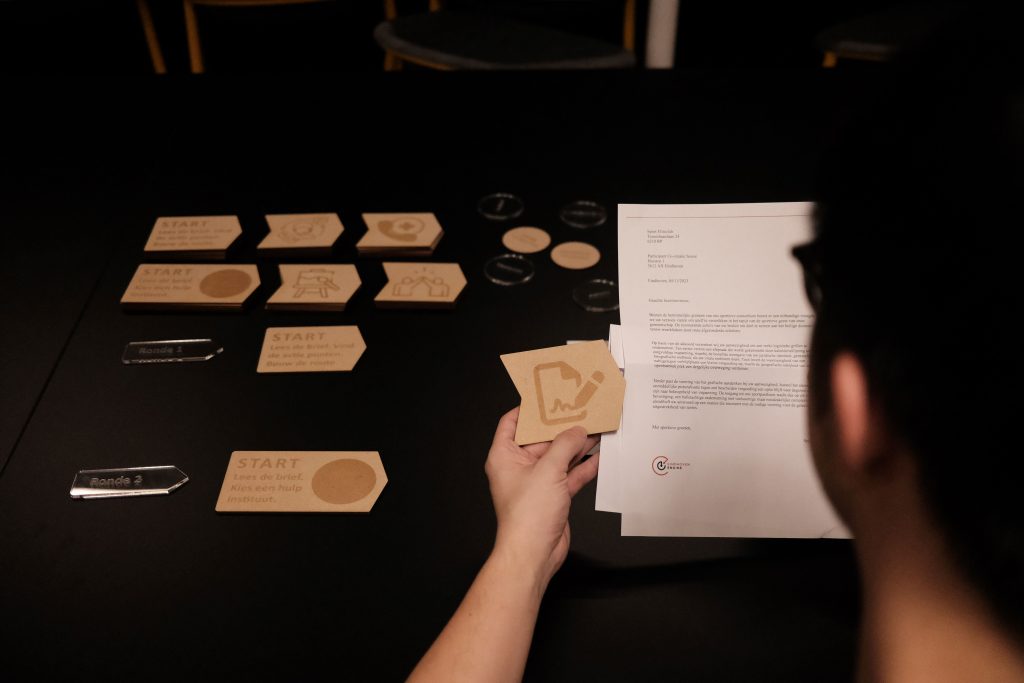
Step 1: experiencing low literacy
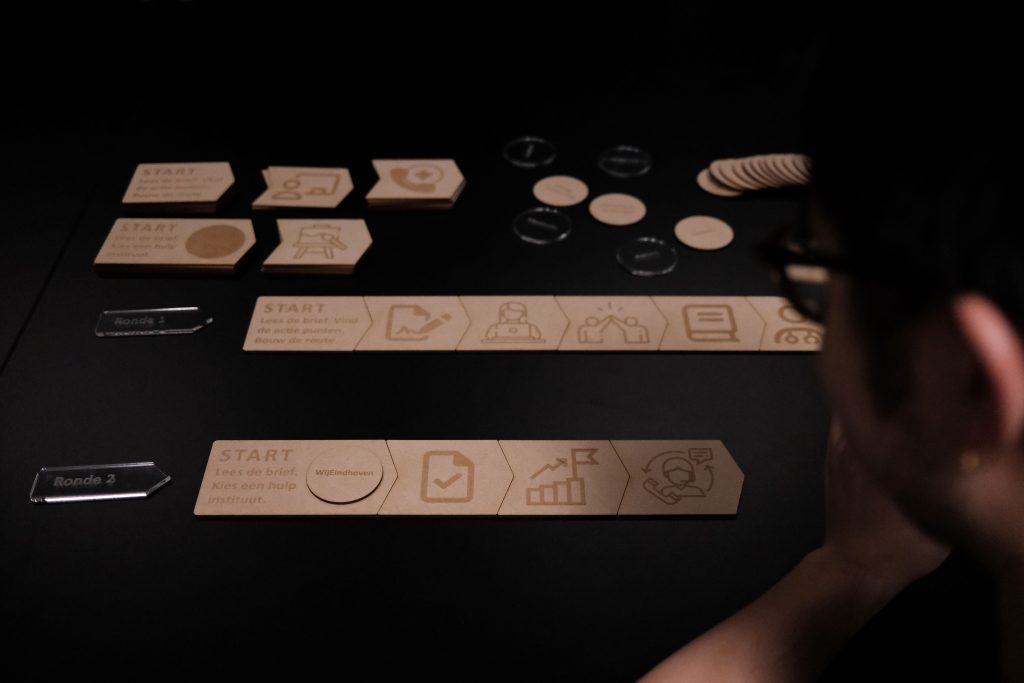
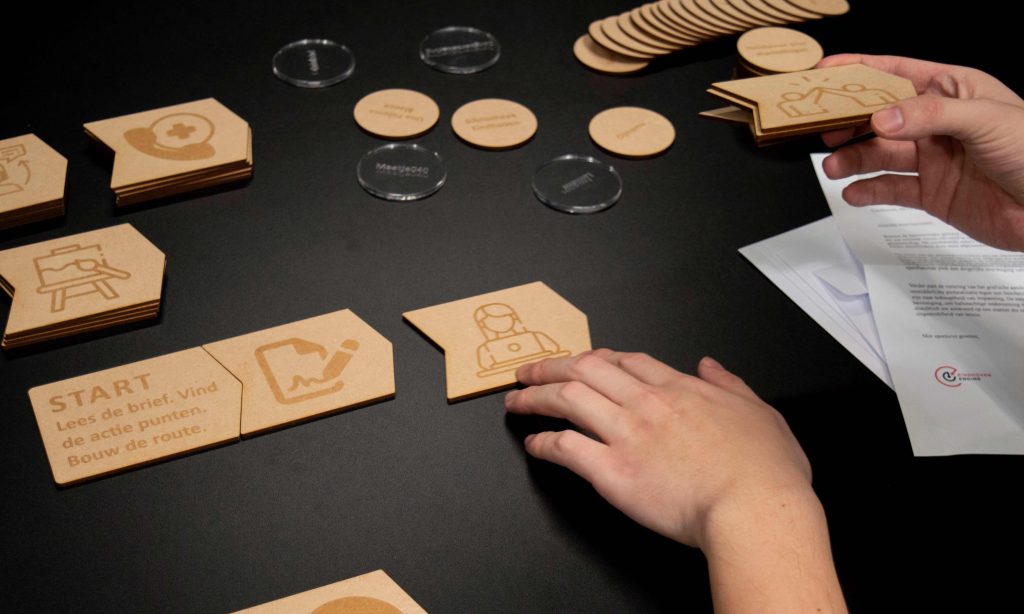
Creating a more inclusive society
Inge extensively tested the Bridge Builders game at events such as the Festival of Disruption in 2023, a thematic session in April 2024, and the High Tech Campus day in June 2024. The letters have also been distributed and used as a trigger in presentations and talks within multiple networks. The responses to the tool were overwhelmingly positive. It allows you to briefly feel the challenges faced by those with reading difficulties.
Together with a team Inge is currently developing the workshop further to raise awareness and get to action among professionals and within their companies, with a call to become a bridgebuilder of an inclusive society by bridging the gap between society and people with a lack of basic skills.
Become a bridgebuilder of an inclusive society by bridging the gap between society and people with a lack of basic skills.
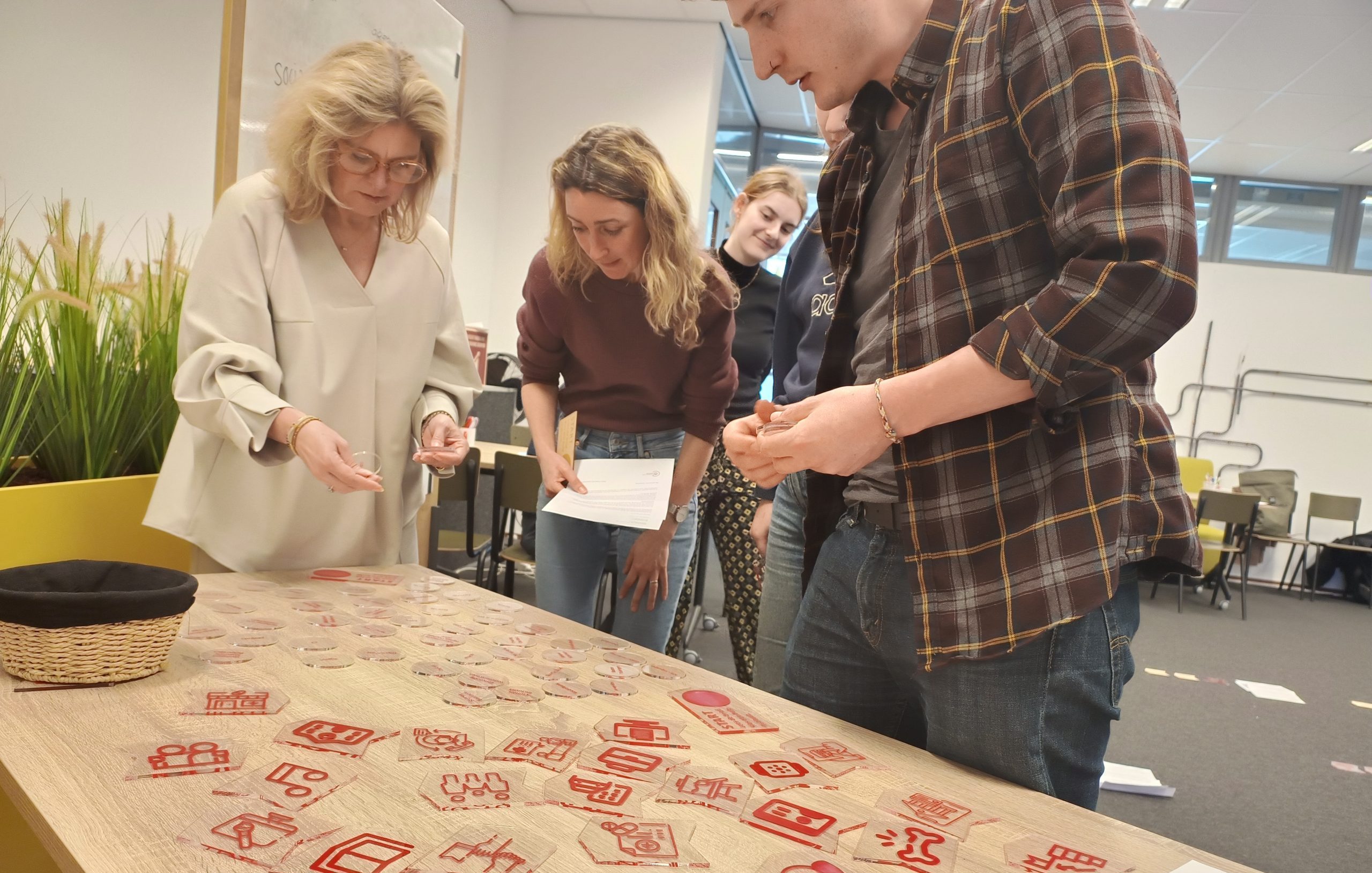
More Information
If you would like to know more or get in touch regarding the Bridge Builders game and/or an inclusive society, please email Inge Hootsmans (Junior Social Designer Inclusive Society) or Merel Notten (Project Leader Inclusive Society). Together, we can work towards a more inclusive society!
Celebrating five years of Eindhoven Engine
We had an incredible time celebrating our five year milestone, surrounded by great company and reflecting on our journey. From our ambitious beginnings to our impactful present. The celebration kicked off with an inspiring speech by TU/e Rector Magnificus Silvia Lenaerts, highlighting the importance of valorization, the strength of our partnerships, and our commitment to addressing societal challenges.
A special treat was the stunning musical performance by the talented artists from Impressariaat Kunsten van Fontys, adding a perfect touch to our celebration.
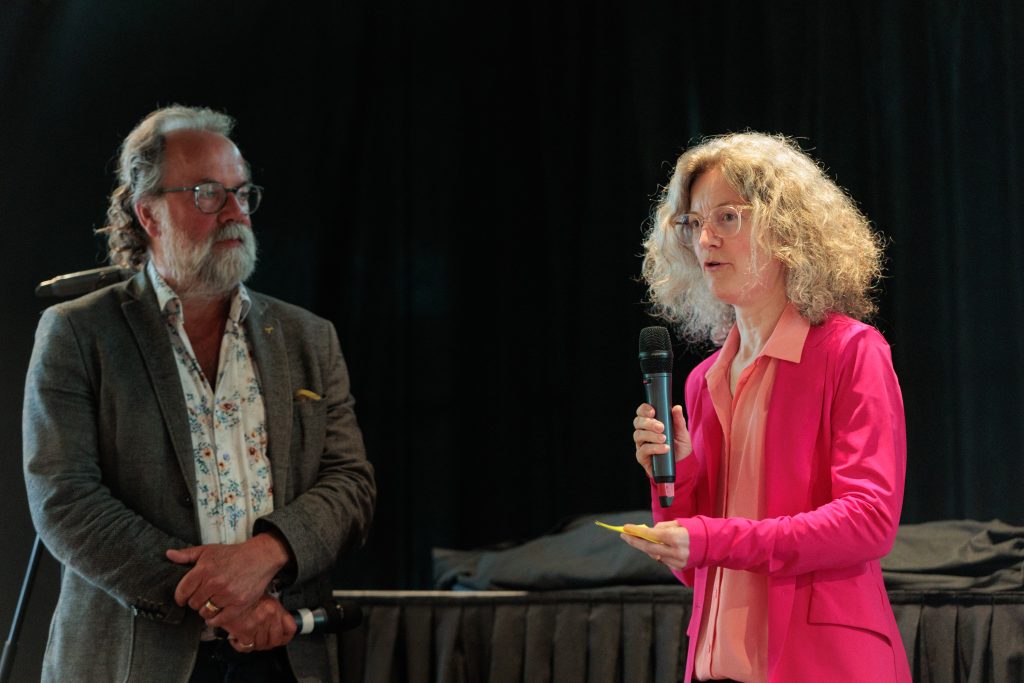
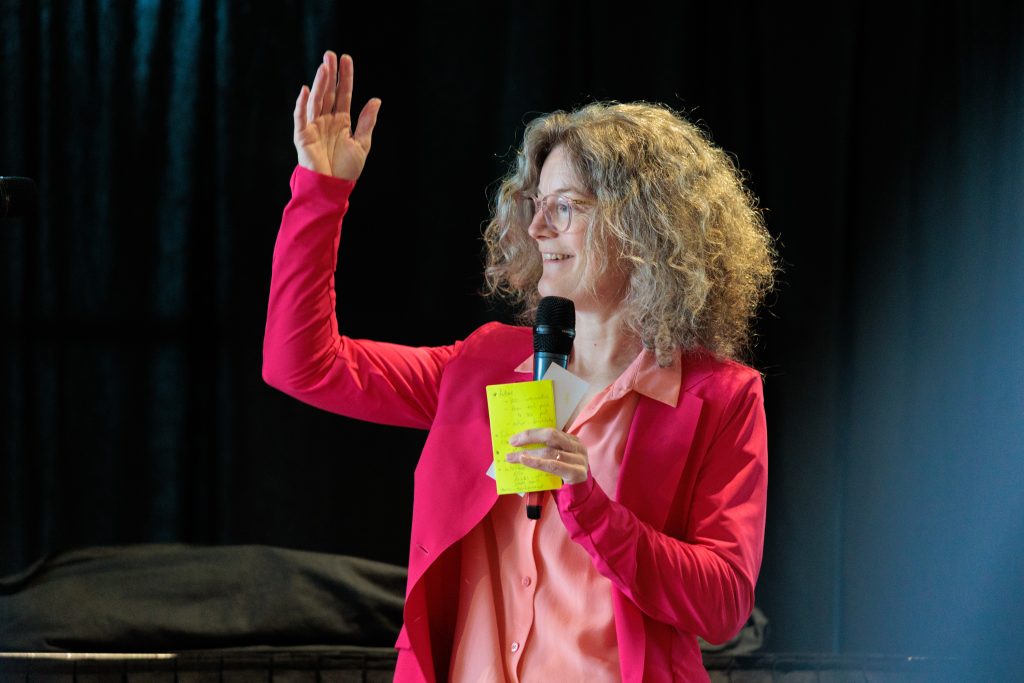
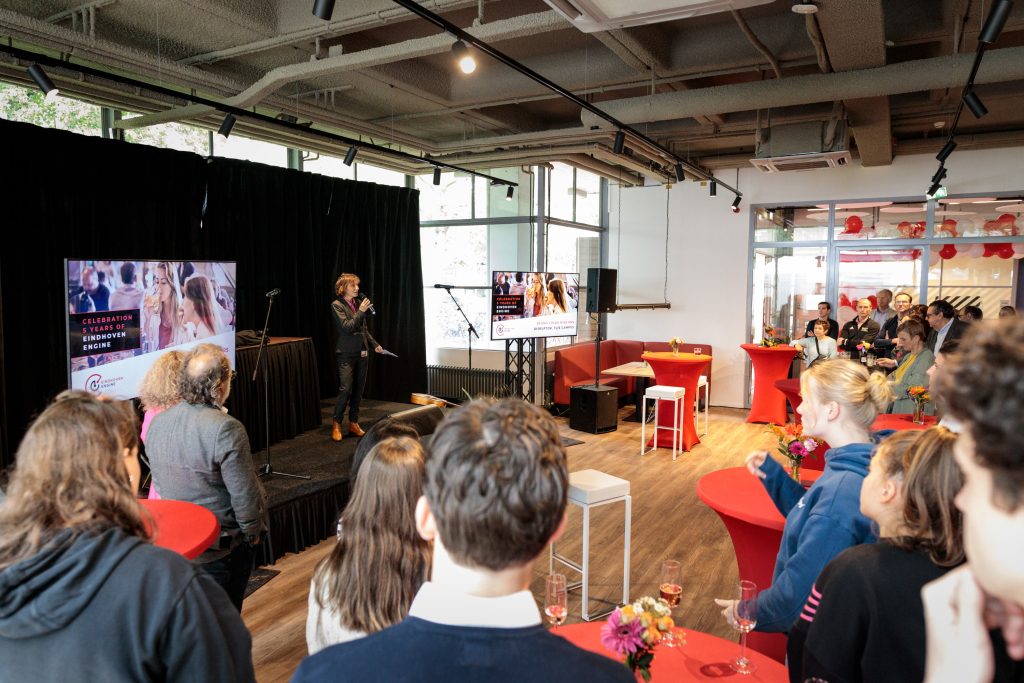
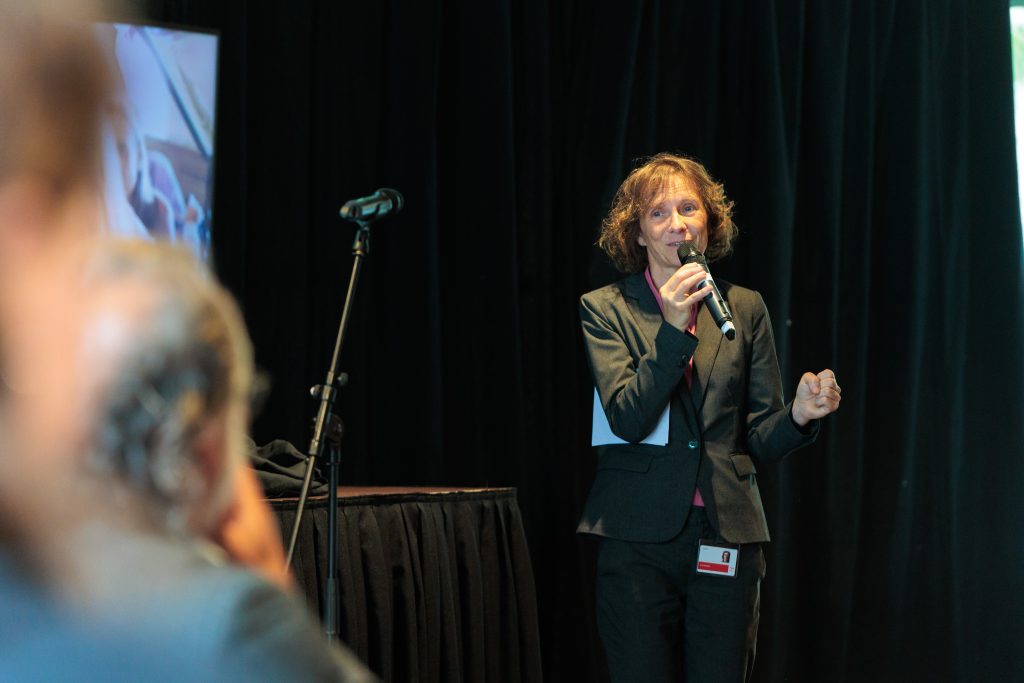
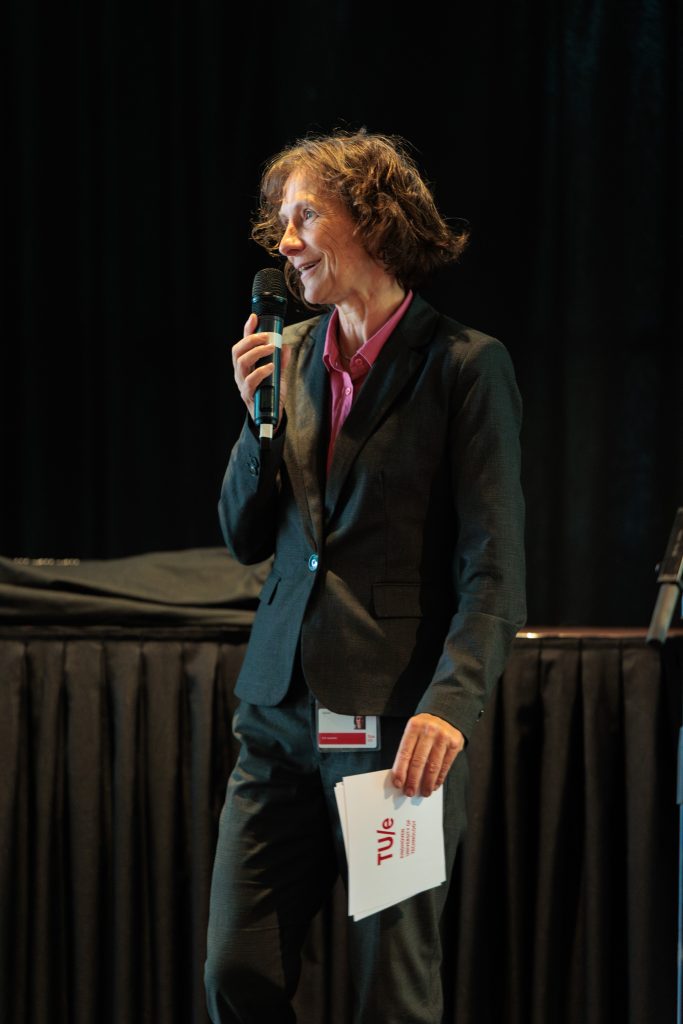
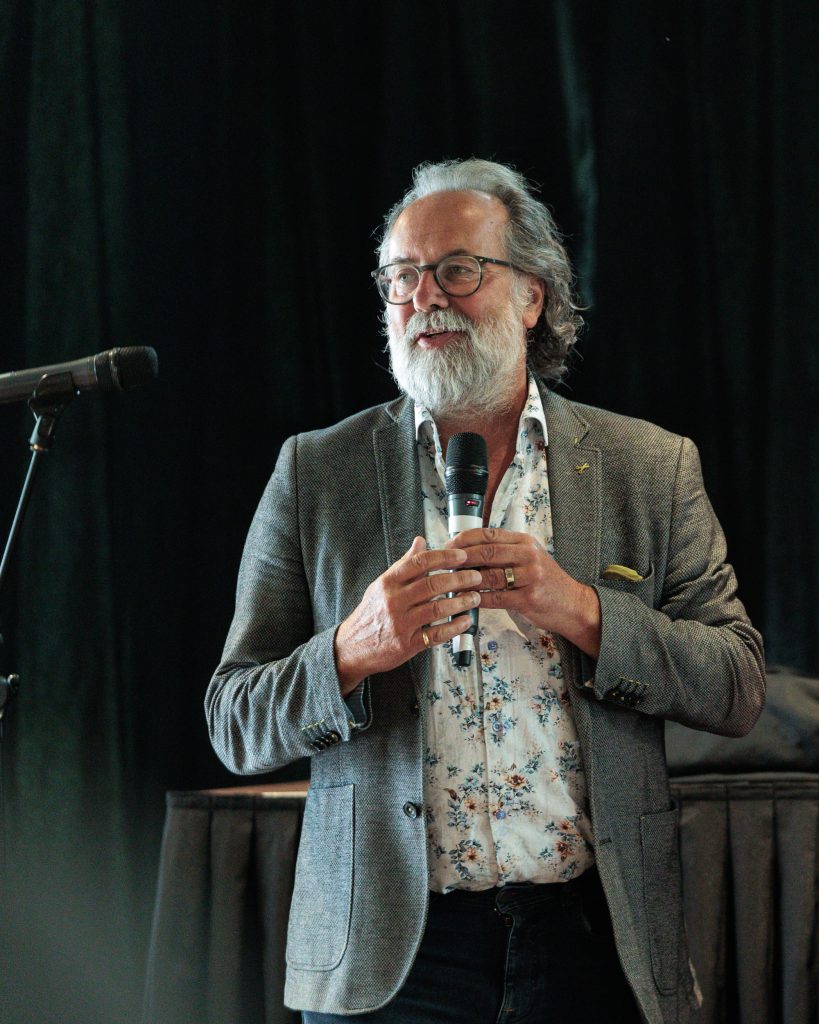
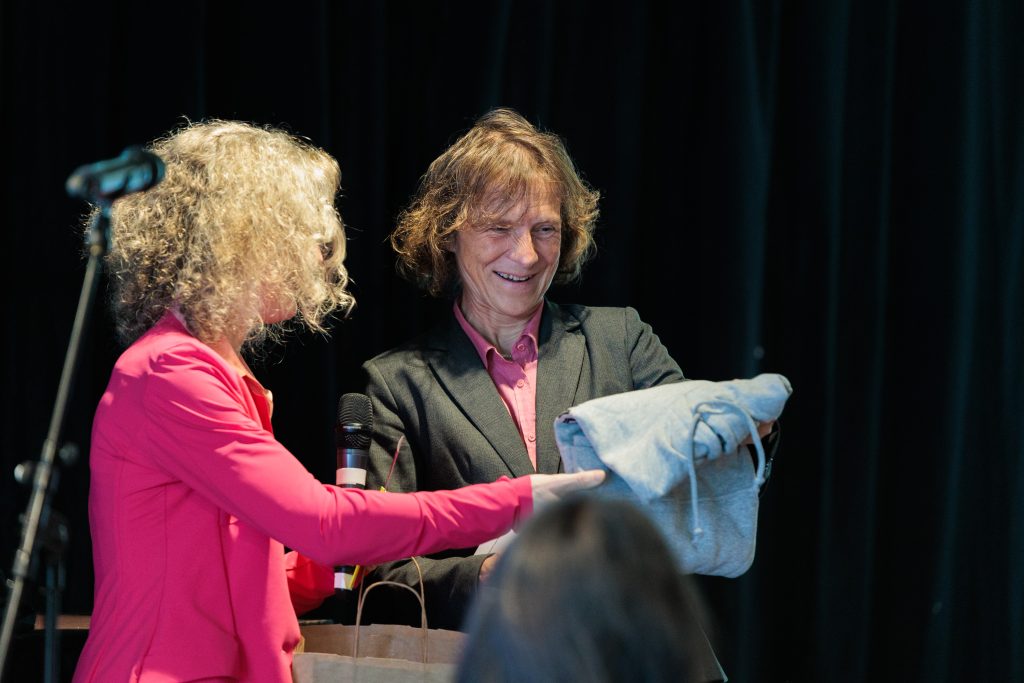
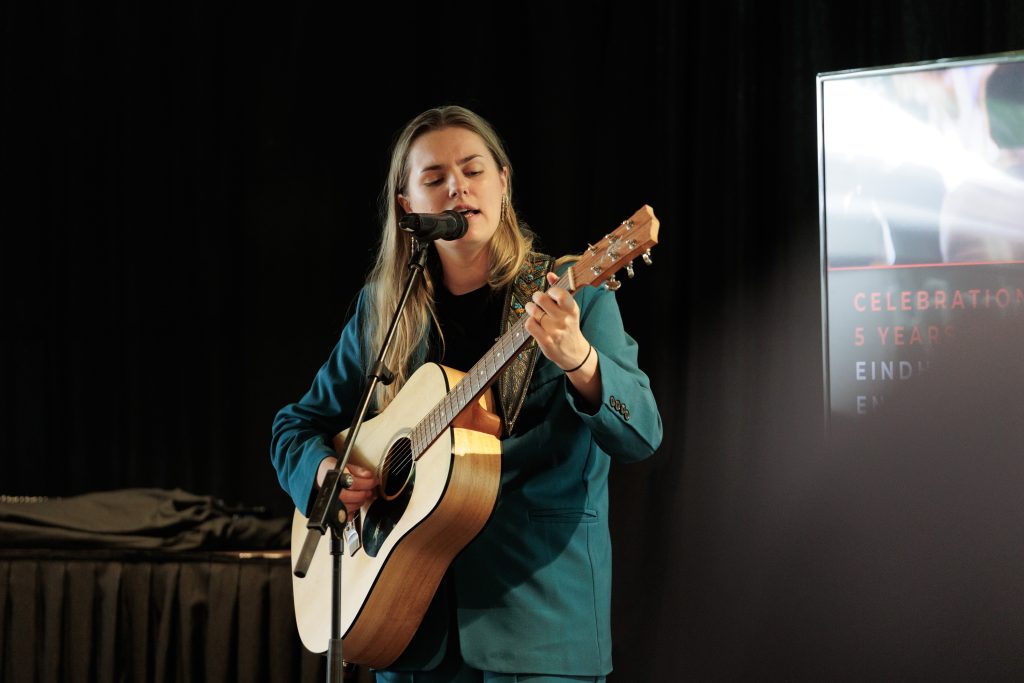
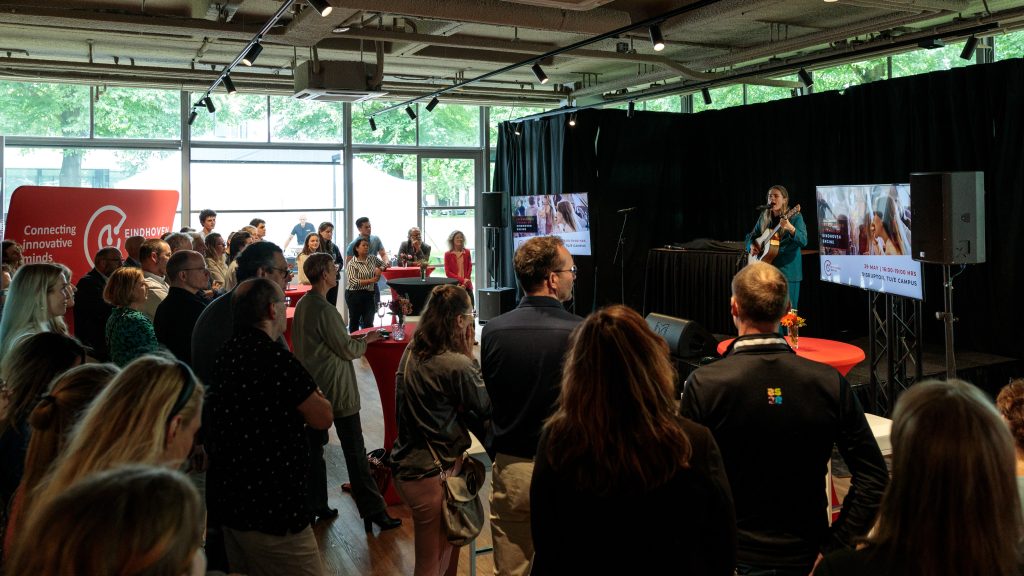
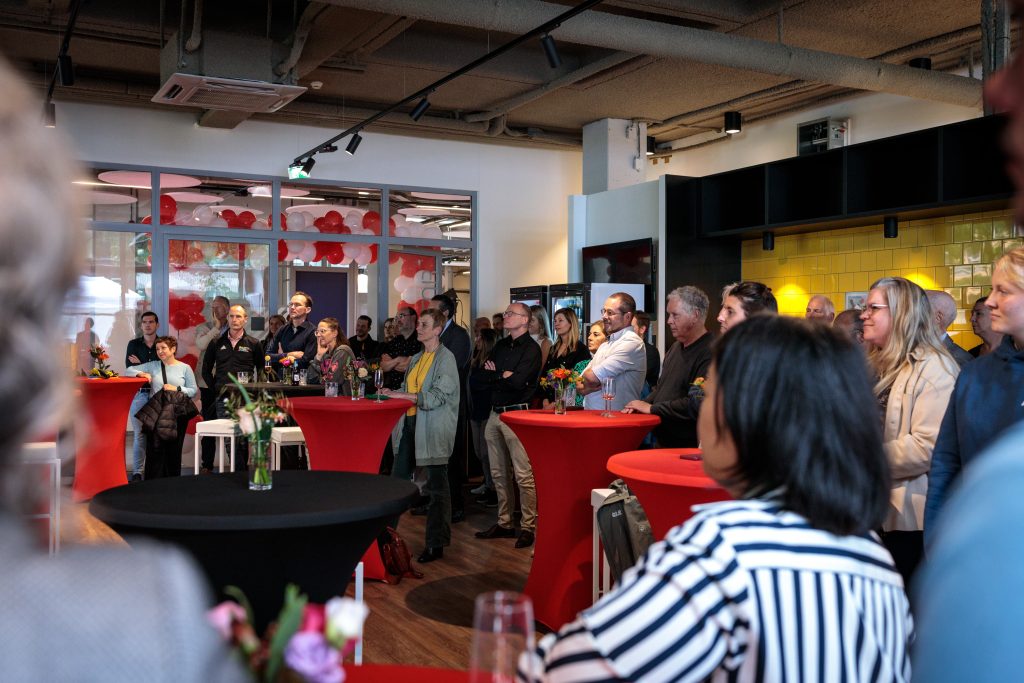

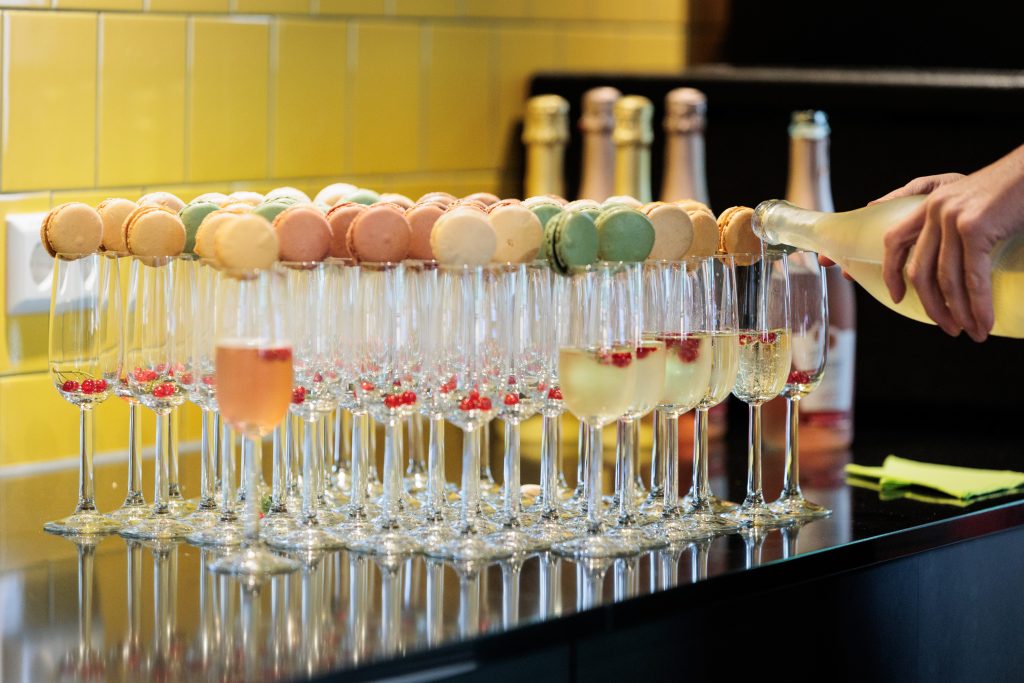
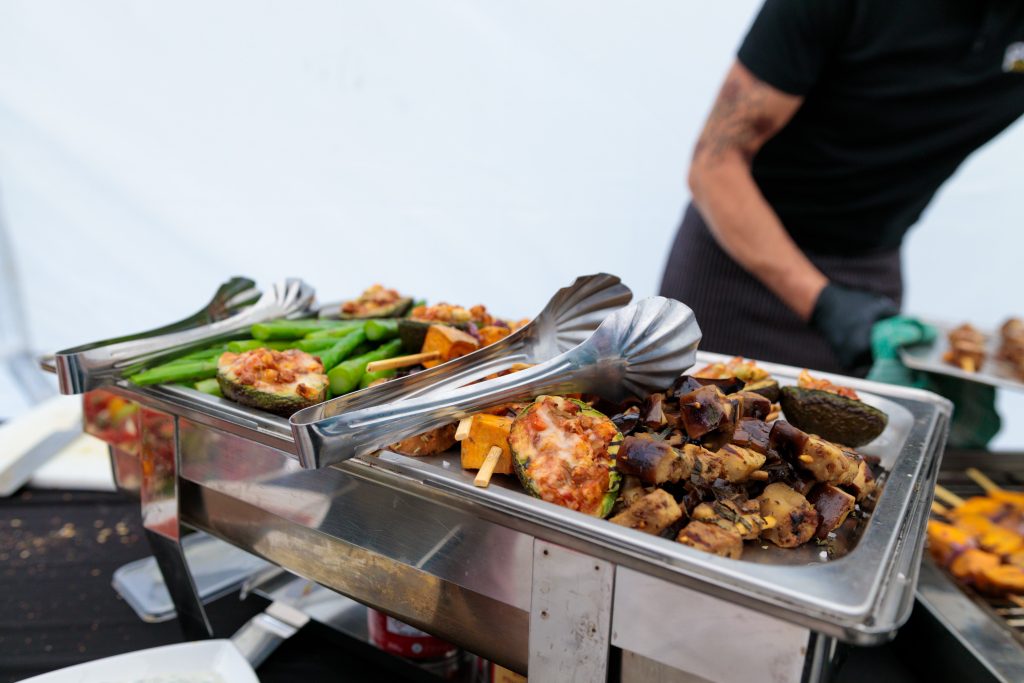
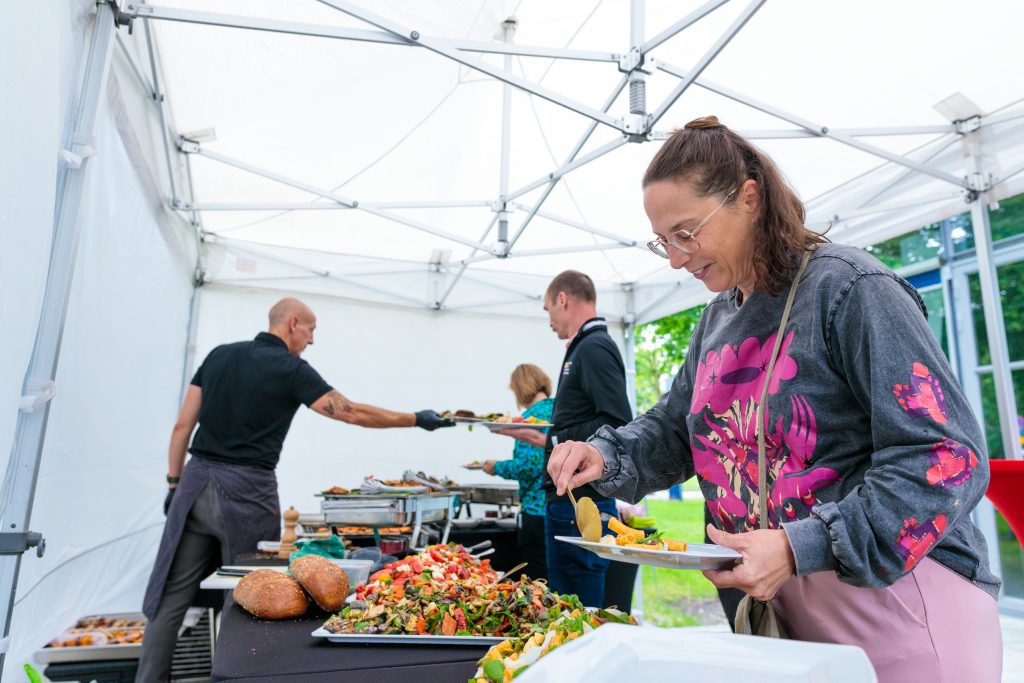
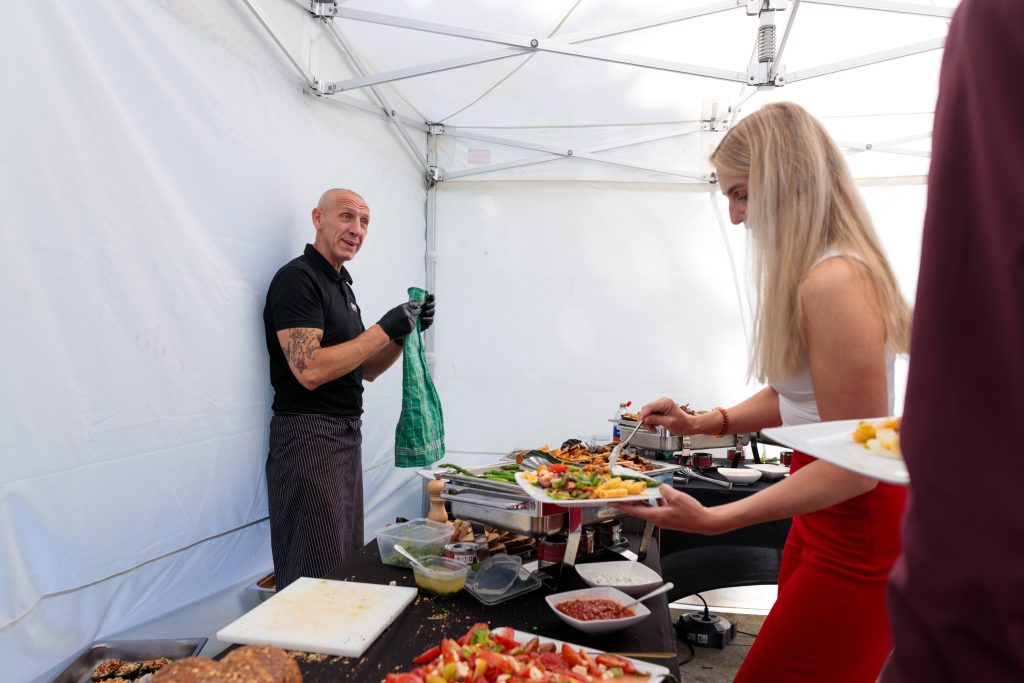
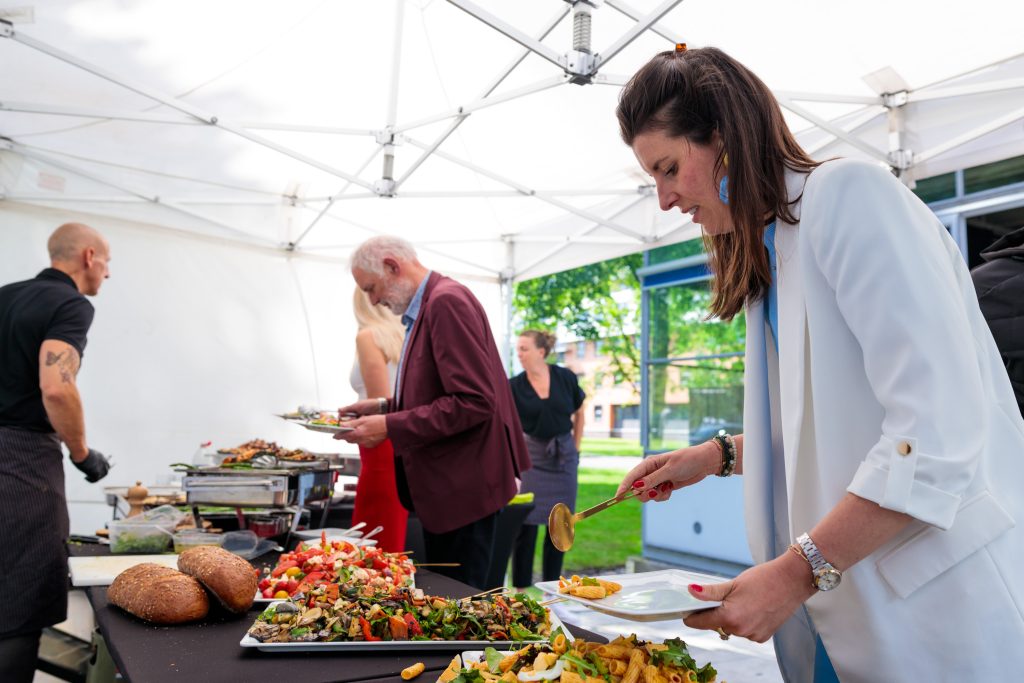
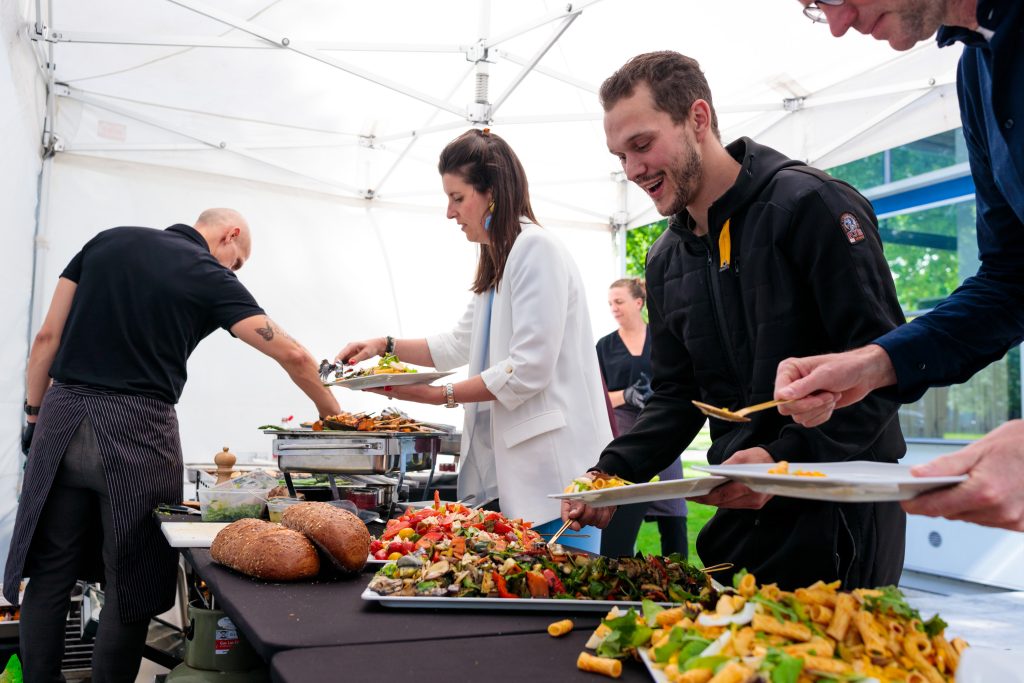
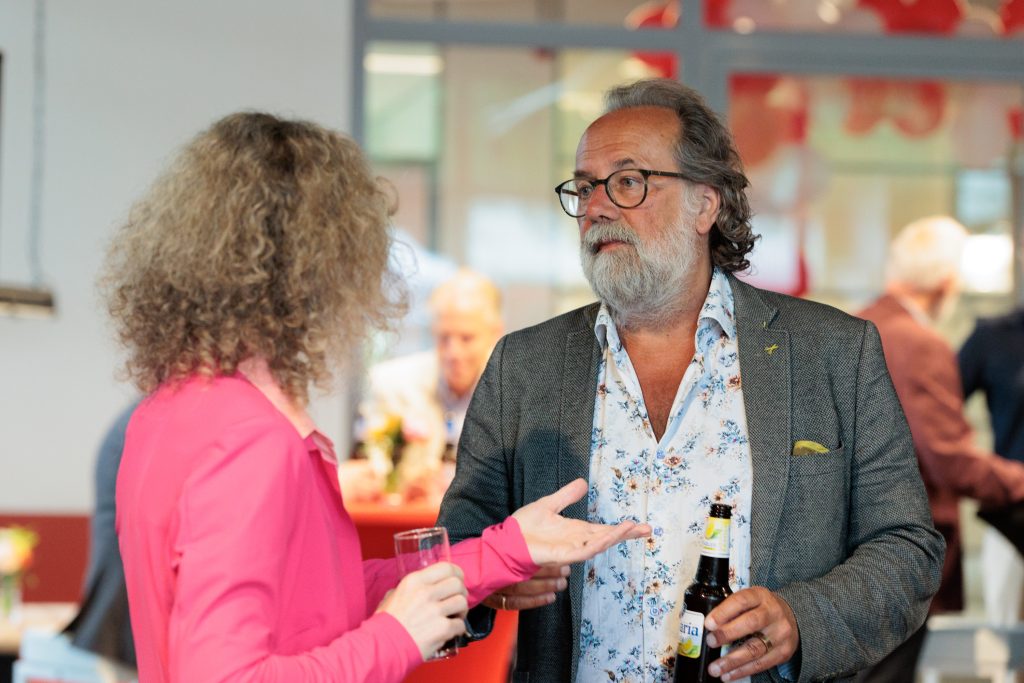
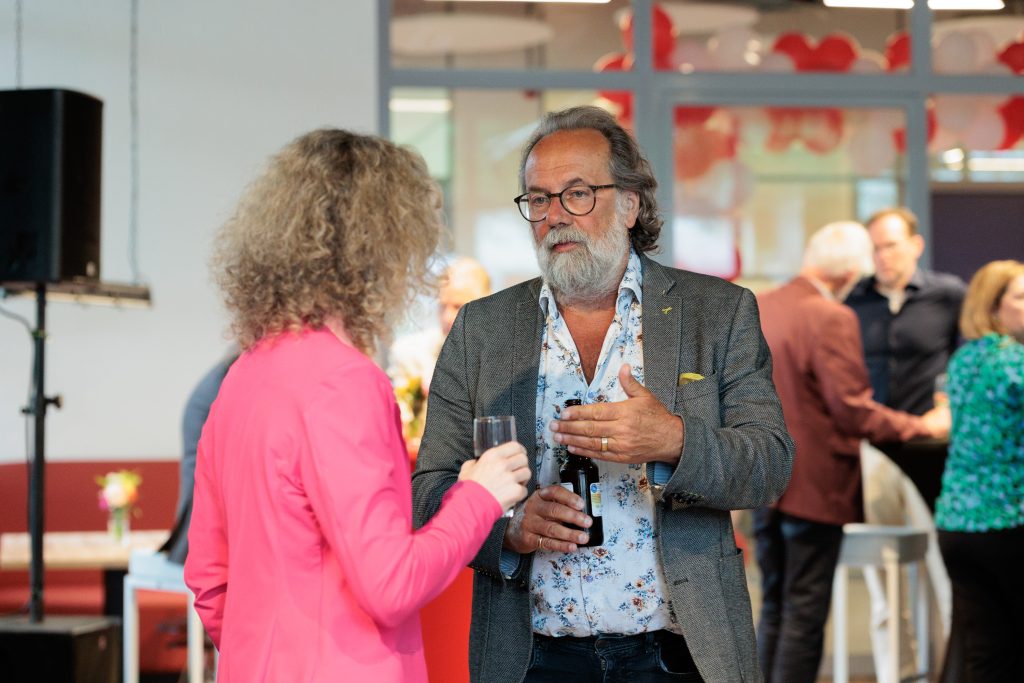
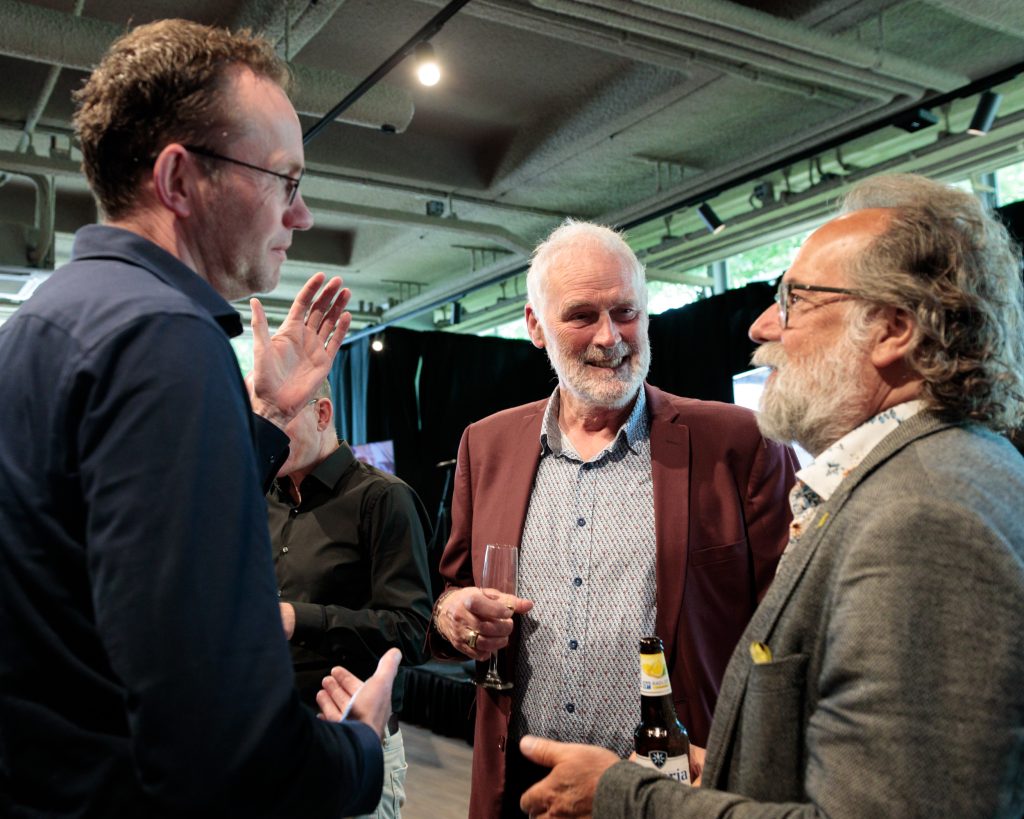
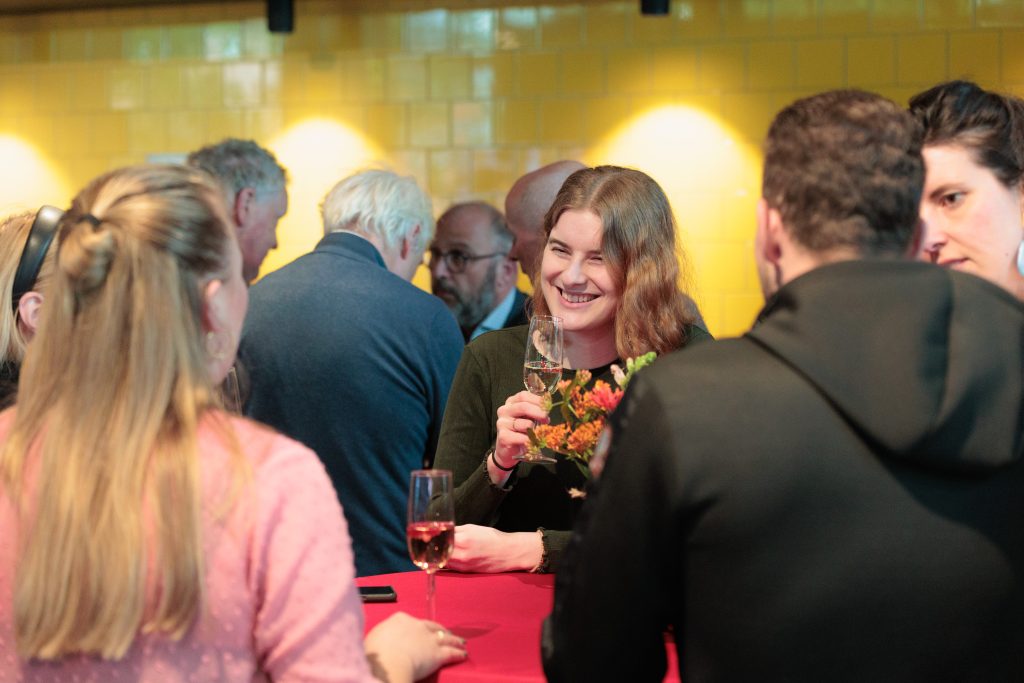

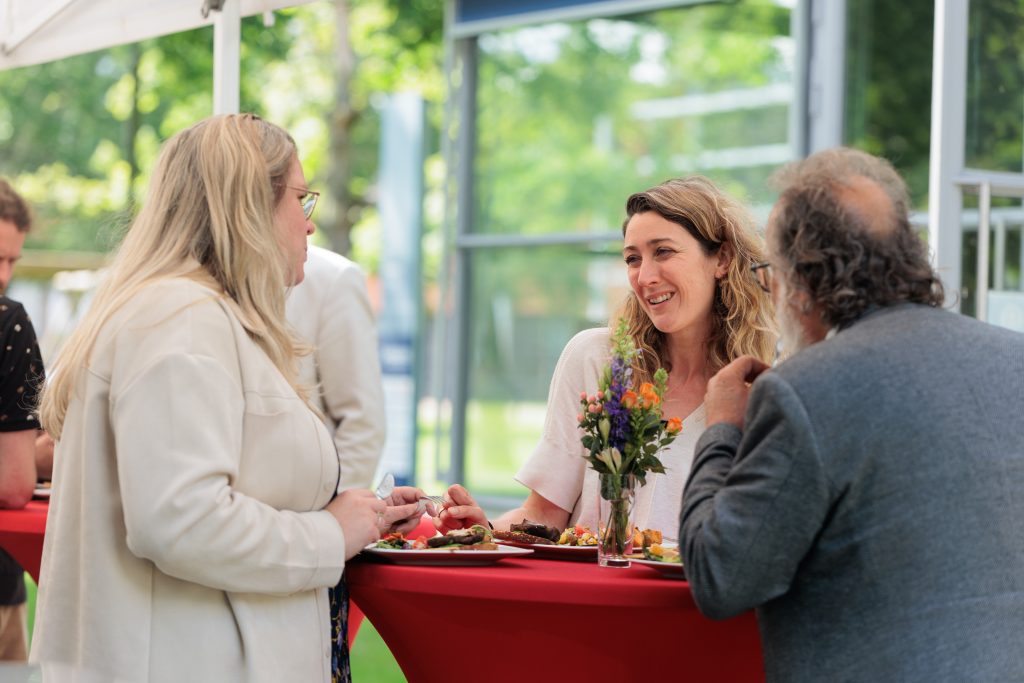
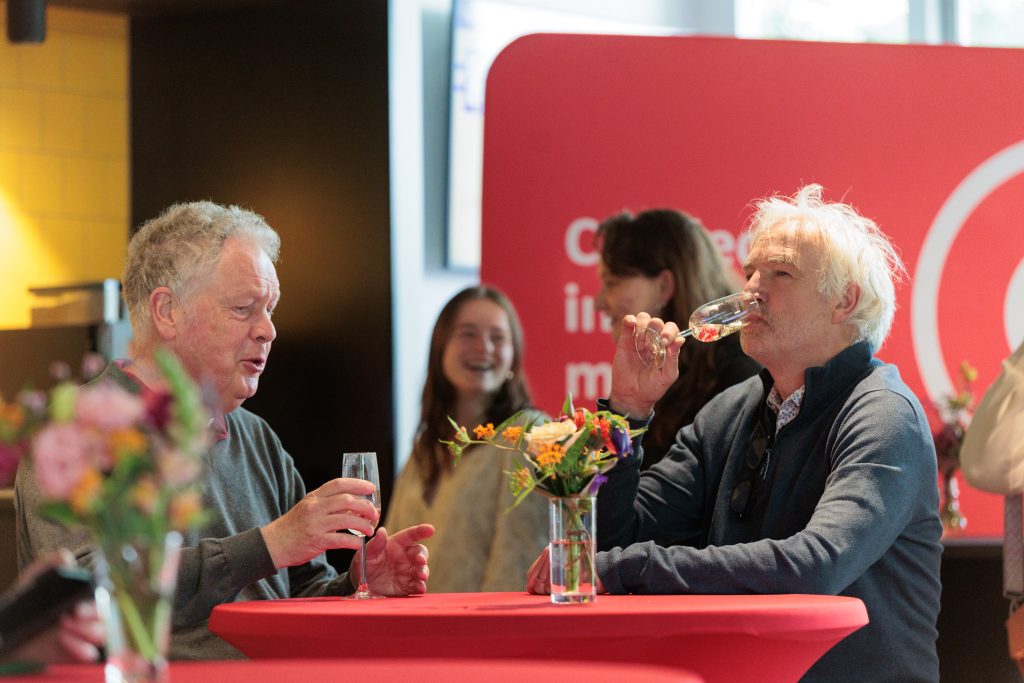
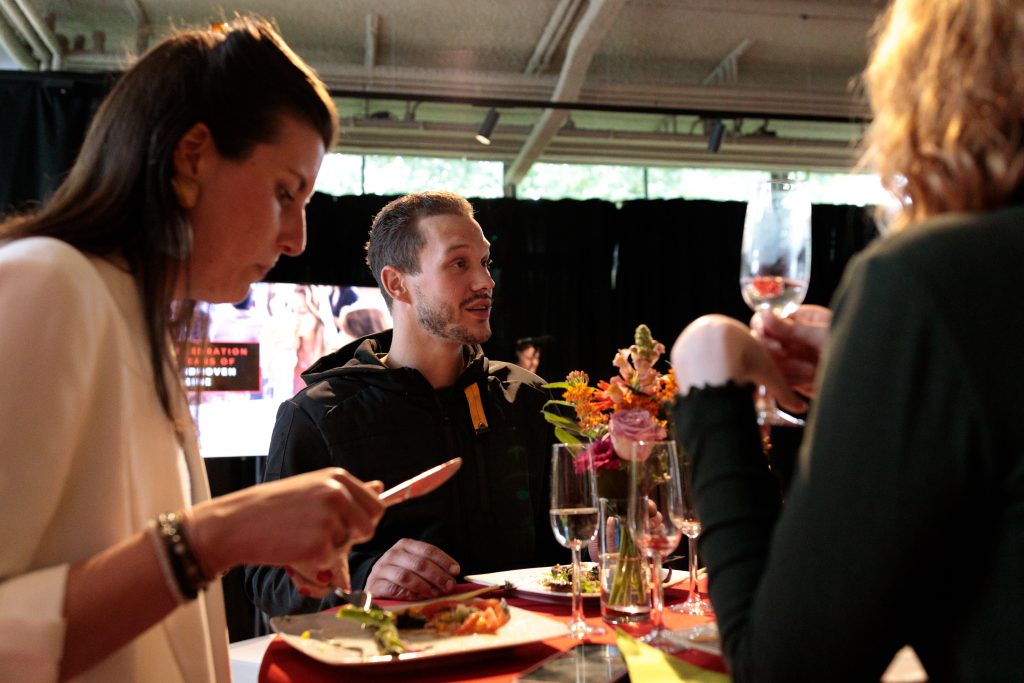
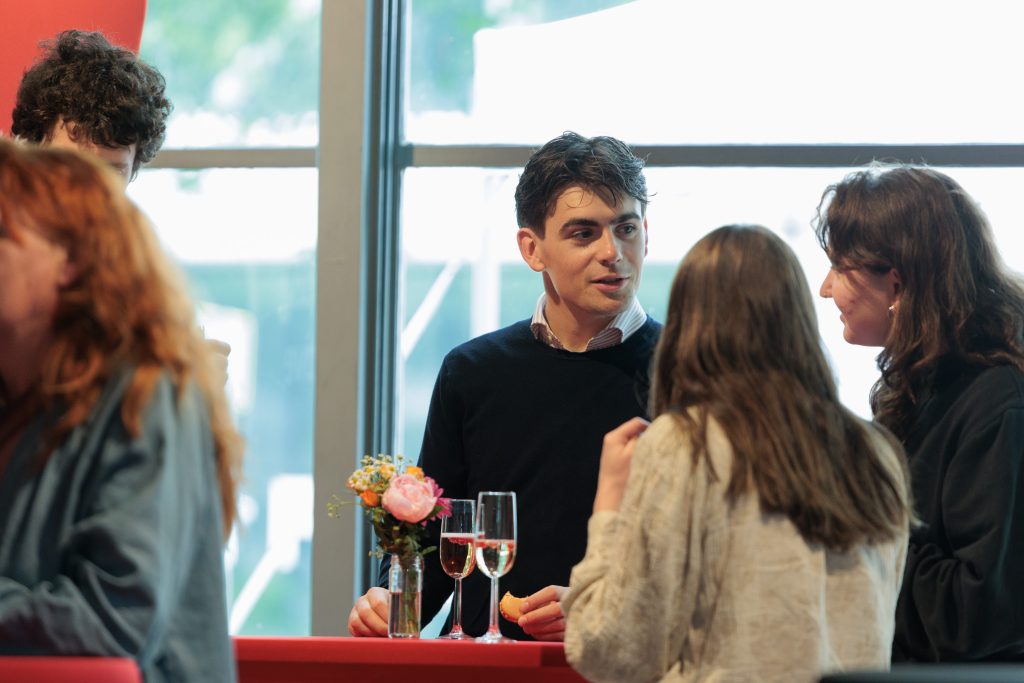
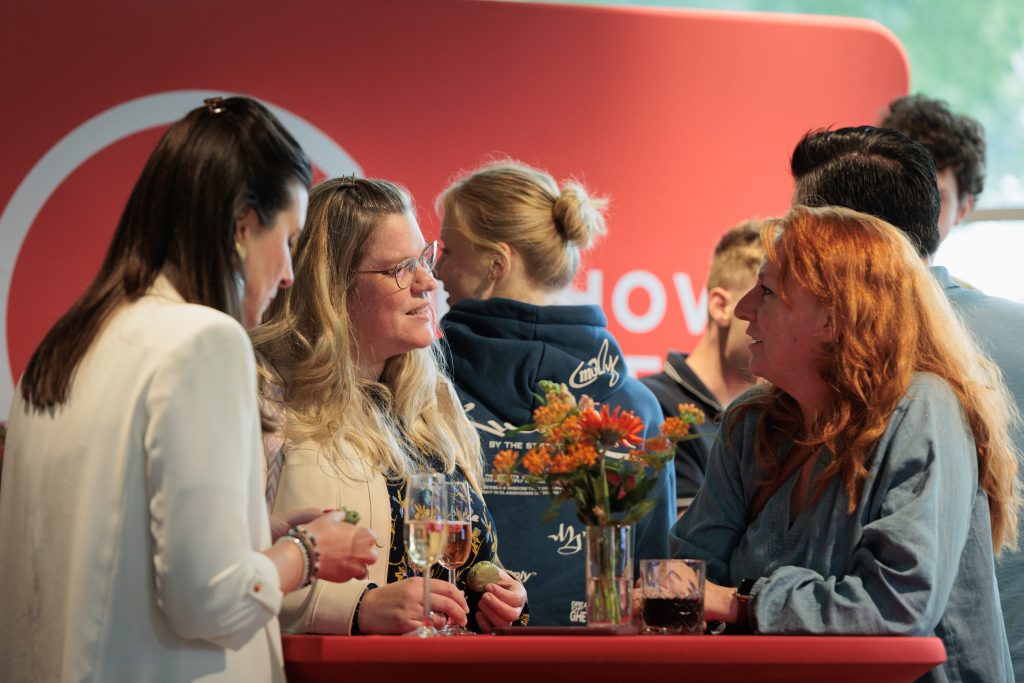
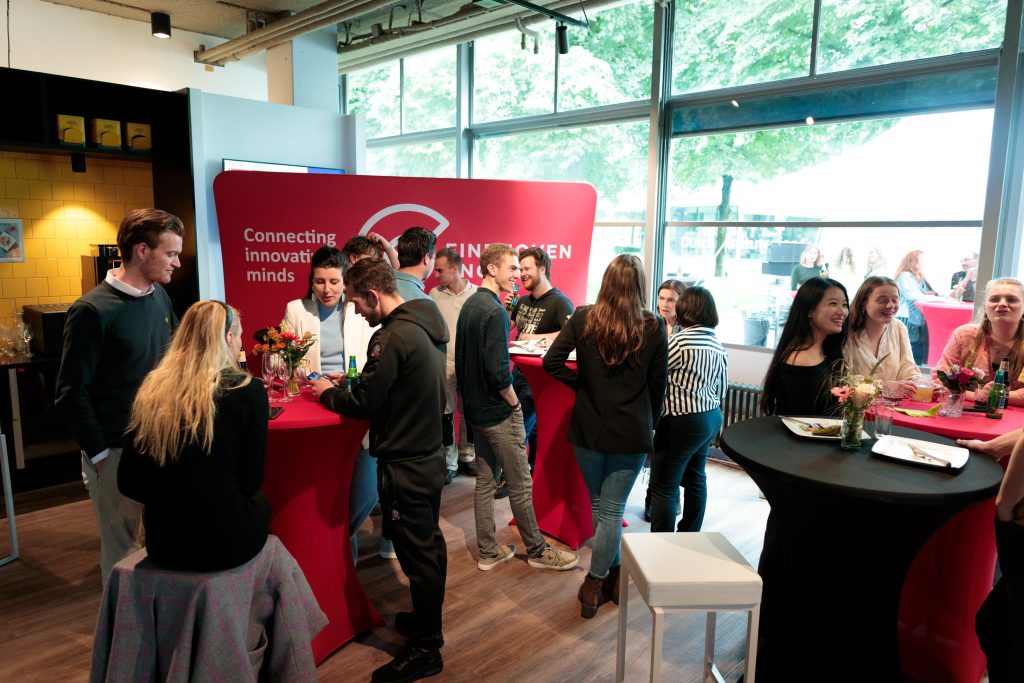
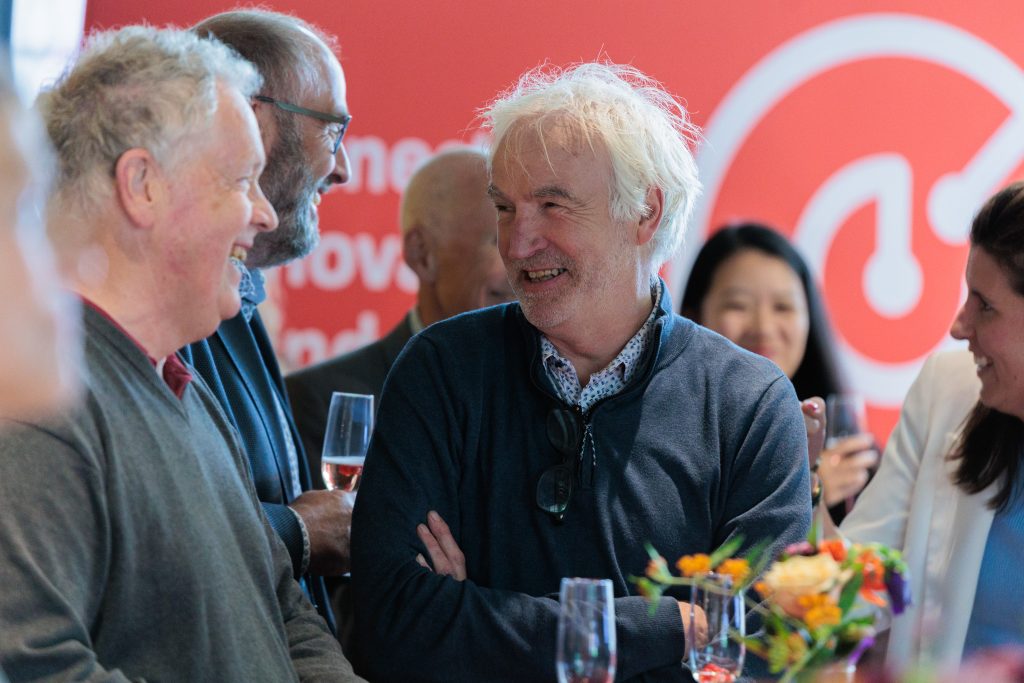
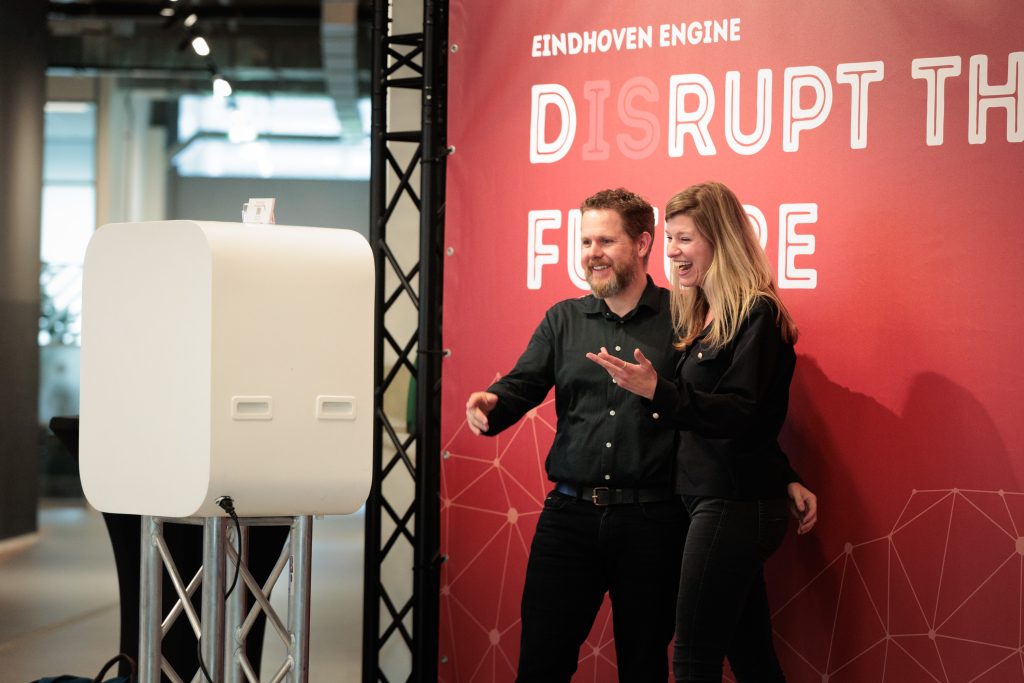

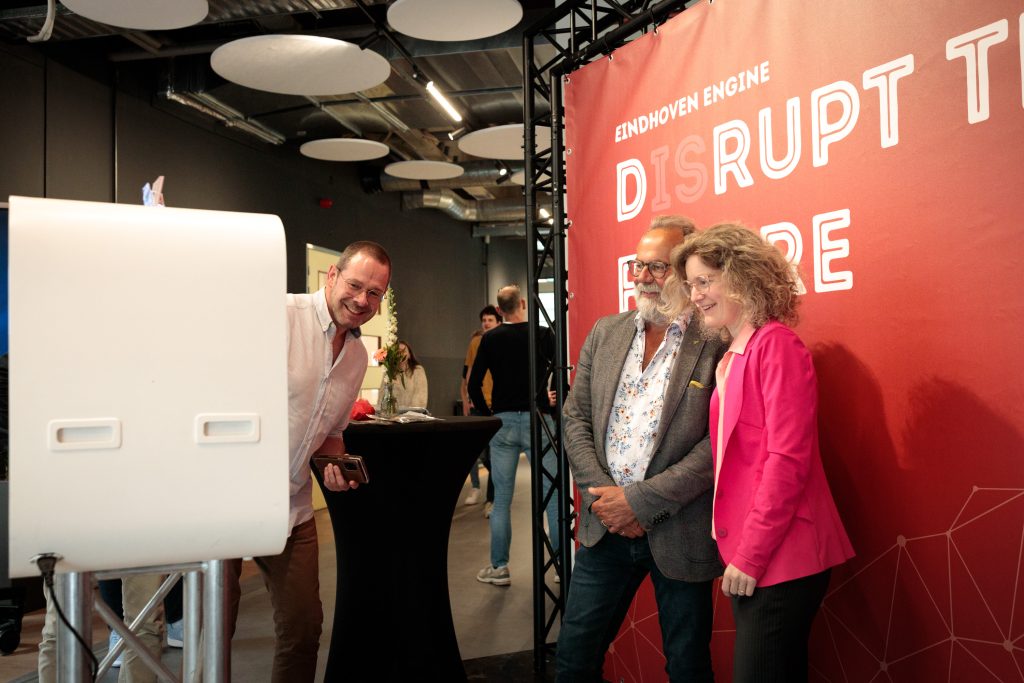
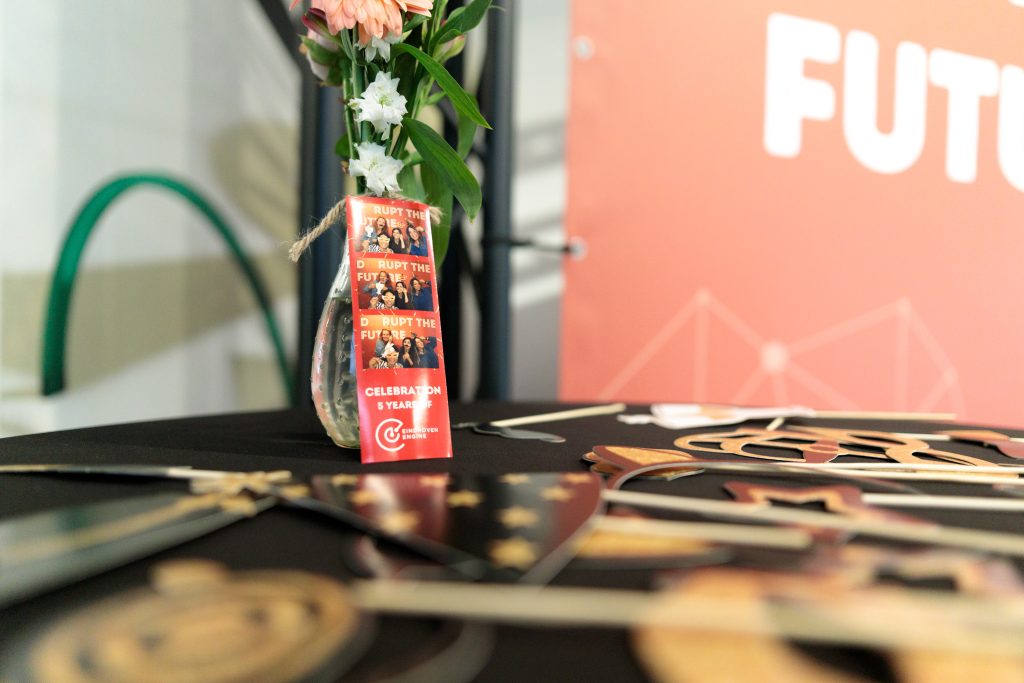
























New project videos: POWERLIFT
The OpenCall project Powerlift focuses on enhancing battery packs for unmanned aerial vehicles used in transportation, inspection, emergency services, and security. Through this project, the partners LeydenJar, Tulip Tech, and Wingtra aim to increase the deployment of drones in emergency situations, including organ transplantation, blood transport, professional assistance over long distances, and security purposes.
Battery technology for the future
At LeydenJar, we are working on battery technology for the future. At the moment our battery for a drone can store 70% more energy. Drones can now flying longer distances, lifting off with ease, and exploring more locations. Through our collaboration at Eindhoven Engine with Tulip Tech and Wingtra, we are creating a modular design that allows customizable battery capacity and power—whether it’s a compact pack or a robust one, tailored precisely to each drone’s requirements.
Battery systems with the highest energy density
In project PowerLift we, Leydenjar, Tulip Tech and Wingtra, develop battery systems for industrial drones. As a partner within this project Tulip Tech builds battery systems with the highest specific energy density in the world. That means that the batteries have two to three times more energy per kilogram.
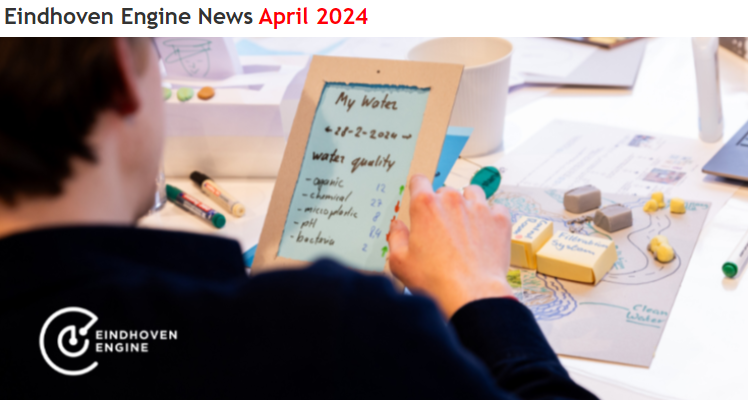
Eindhoven Engine News – April 2024
In this edition of Eindhoven Engine News: From Unlikely to Unstoppable: Embracing Diversity in the Building Industry – a story from project partner Kropman & more!
What else is happening at Eindhoven Engine?
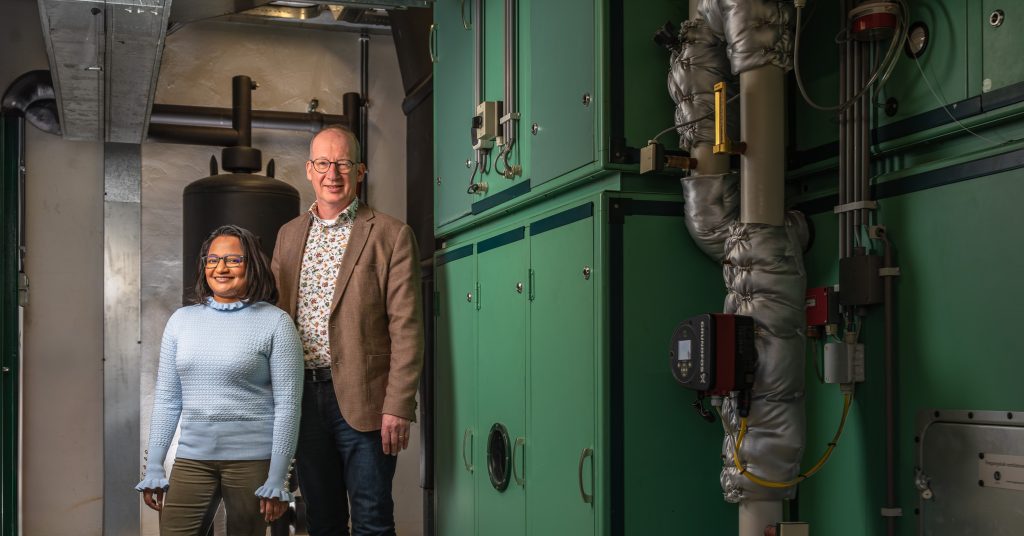
“I never saw myself working at Kropman,” Shalika Walker confesses. “And honestly, I might not have hired Shalika,” Joep van der Velden admits, seated beside her. “But how the OpenCall of Eindhoven Engine changed things. We’ve now created a new position within Kropman specifically to bring Shalika on board,” says Joep with a big smile.
We are at one of the offices of Kropman. This company designs, builds, maintains, and manages building installations, including climate control. “Kropman, rooted in construction, is traditionally less dynamic compared to sectors like semiconductors or the medical industry. So, working here was not on my radar,” Shalika shares.
Kropman’s Workspace: More Than Meets the Eye
“Welcome to our living lab,” Joep announces as he leads me into a spacious, open-plan office. At first glance, it looks ordinary, with dark gray carpets, white adjustable desks, and black office chairs. Joep notices my lukewarm reaction and gives a knowing sigh, directing my attention upward. “The real innovation is actually hidden above us in the ceiling.” I follow his gaze to a beige suspended ceiling, and he points out a translucent cap. “Those are sensors. They allow us to monitor and adapt the office environment, responding to the current scenario or the presence of workers.”
At Kropman, the pride lies in being system integrators. We source pumps from one company, sensors from another, and piping and operating systems from yet another. Our goal is to seamlessly blend these components, providing our customers with a unified operating system that manages lighting, climate control, and solar panels, among other things. This integration is meticulously crafted to enhance the experience for our clients’ employees, focusing on maximal efficiency and environmental sustainability, using as little energy as possible.
Embracing Open Collaboration for Innovation
Creating an integrated system might seem straightforward, but it’s a challenging endeavor. We’re in a field dominated by heavyweights like Siemens, Honeywell, and Signify, each offering products with proprietary systems and unique data outputs, typically closed to external systems. To navigate this, we developed our software to manage and optimize the diverse systems a client might have. However, the need for a testing ground became apparent. Clients often hesitate to open their buildings for experimental setups; hence, we transformed our Breda office into a living lab.
True partnership proved elusive until we found a more receptive community in the Brainport region.
We strongly believe in an open environment for research and development. Our efforts to collaborate with universities and companies across and beyond Europe, however have been met with limited success. True partnership proved elusive until we found a more receptive community in the Brainport region. This shares a work and research philosophy similar to our own company’s, plus communication is direct and efficient, enabling us to quickly and easily connect with each other. This welcoming atmosphere was pivotal when Wim Zeiler, a former colleague now with Eindhoven University of Technology and still an advisor at Kropman, introduced us to the Eindhoven Engine OpenCall. Recognizing its potential to foster meaningful partnerships, we eagerly seized this opportunity.
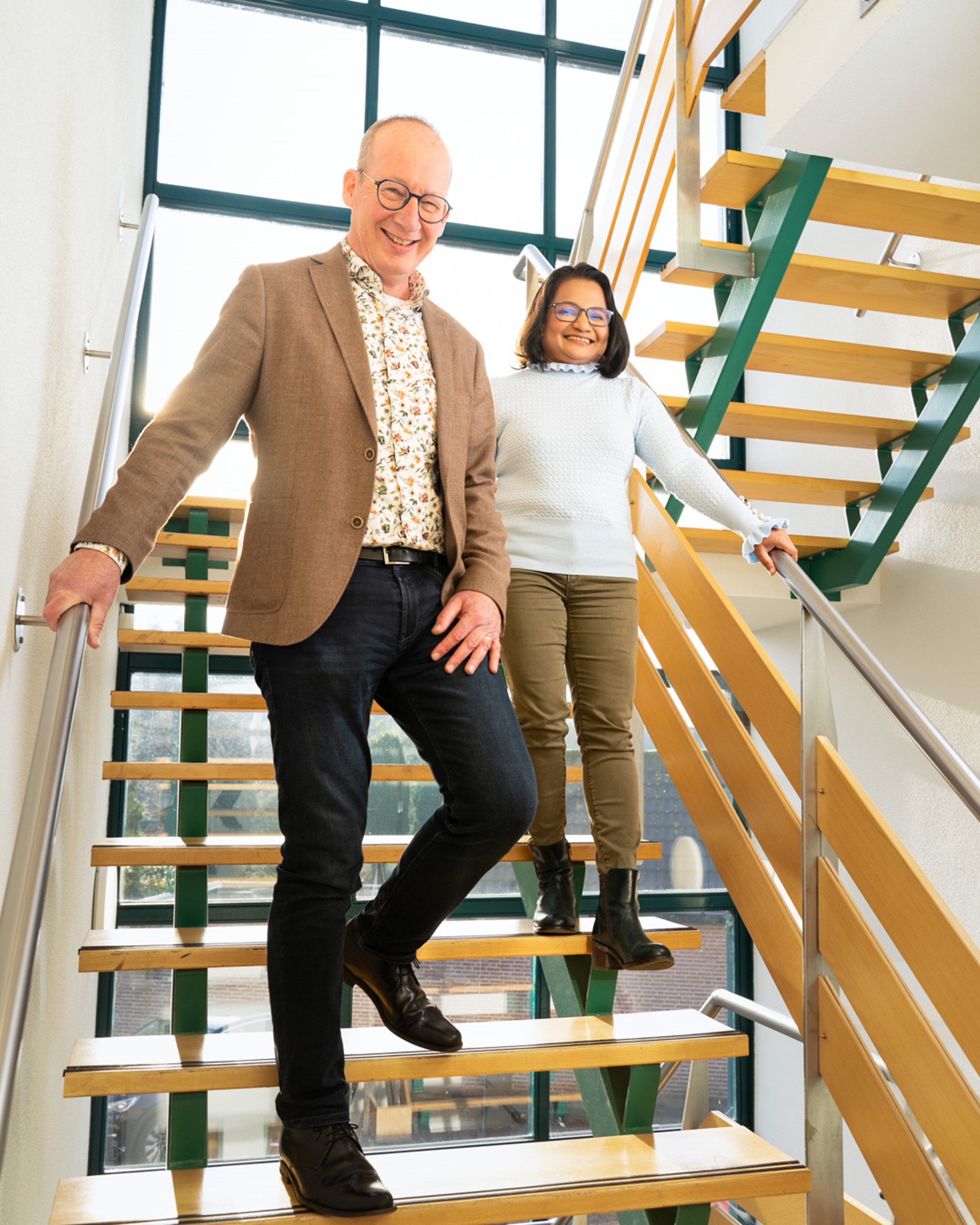
Eindhoven Engine’s OpenCall: A Catalyst for Collaboration
“Working with Eindhoven Engine offers a unique experience,” Shalika explains. “We share a location with a variety of companies and students, all engaged in their own projects. This diversity is beneficial. It’s not just about casual connections, like chatting at the coffee machine; we also attend sessions to share and discuss project progress.
For instance, while working on a data prediction project, I overheard a researcher at Eindhoven Engine’s Festival of Disruption event discussing data usage in cancer research. It didn’t click immediately, but later, the idea struck me at home: we could collaborate and enhance our respective research.
These interactions open up new perspectives and inspire innovative thinking. “This collaborative atmosphere was the reason Kropman signed up for three projects in a row. One project focused on detecting and diagnosing faults in building climate systems. The second project involved personalized thermal comfort systems, allowing employees to adjust their workspace climate via a smartphone app. The third was an assessment of CO2 sensors in the market, evaluating their accuracy for reliable CO2 readings in schools.
Although these projects are completed within Eindhoven Engine, we continue to build on the research and improve the products developed.” “And that’s why we brought Shalika on board,” says Joep.
